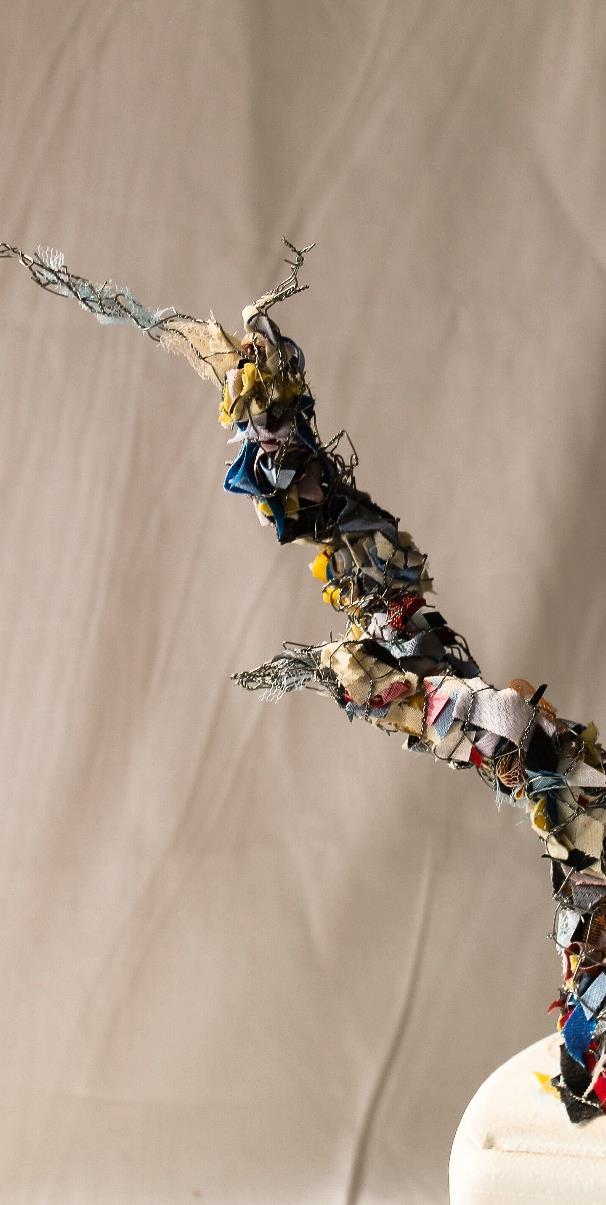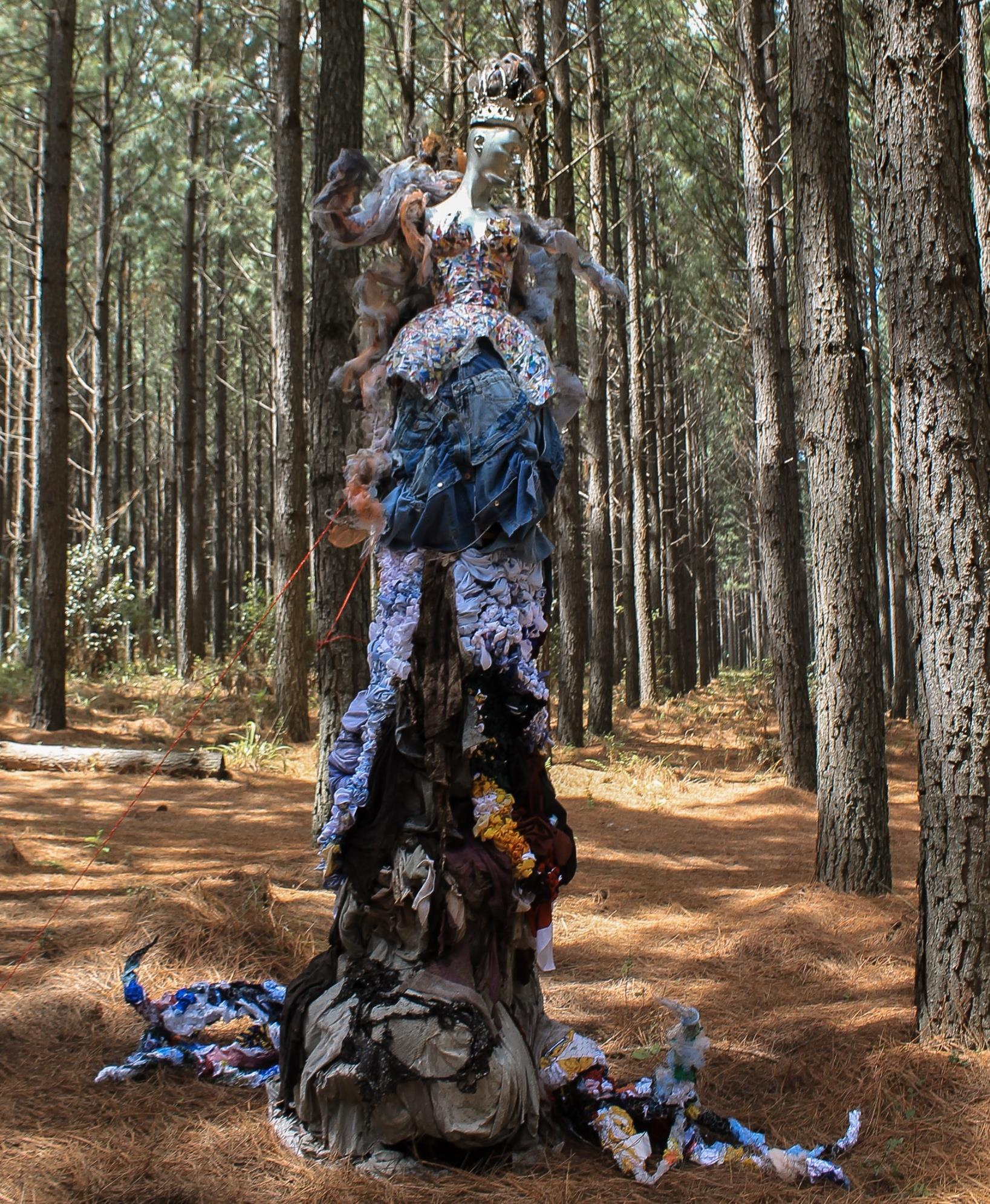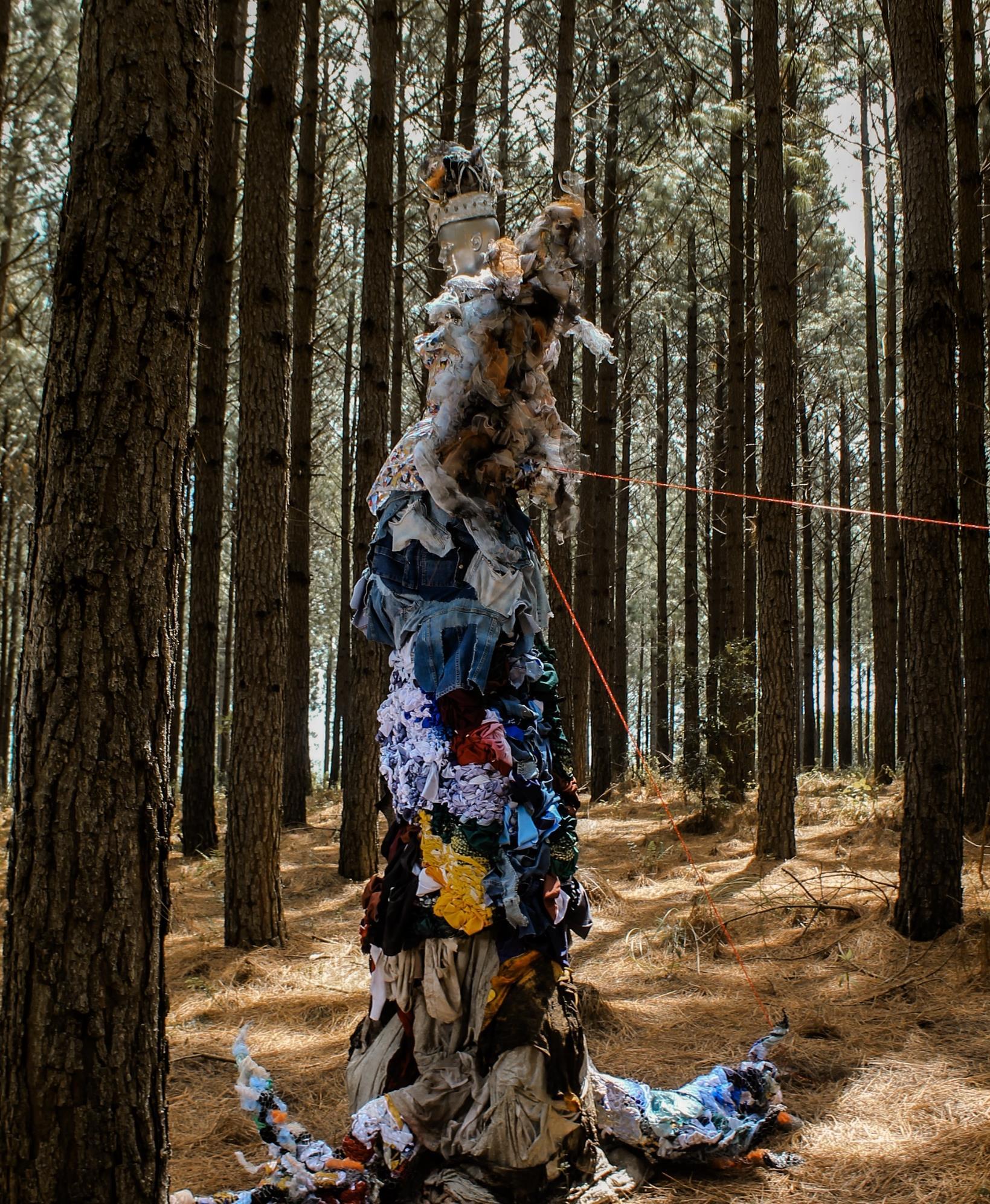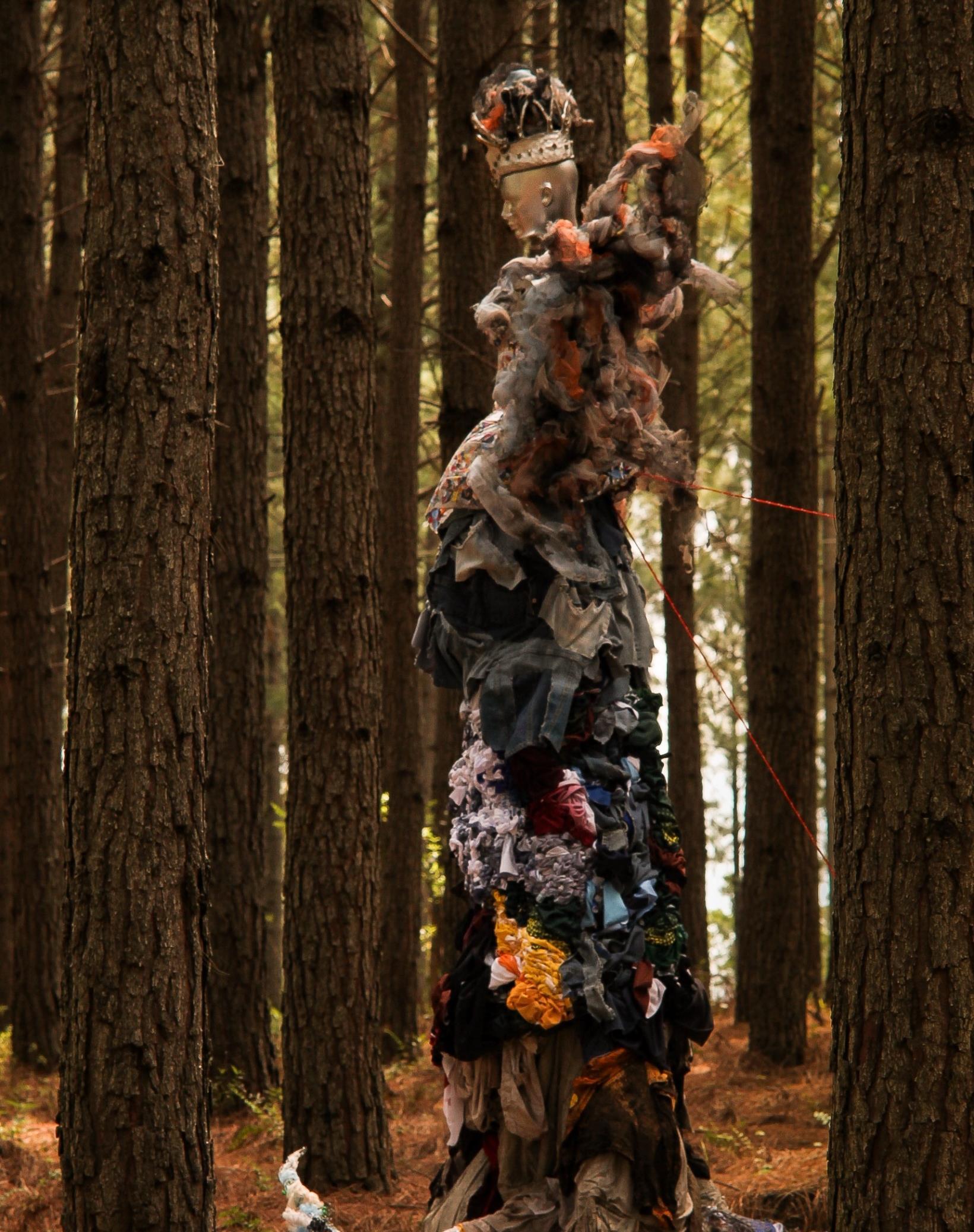Risen from the Muck
Jessica Ruiters 2024
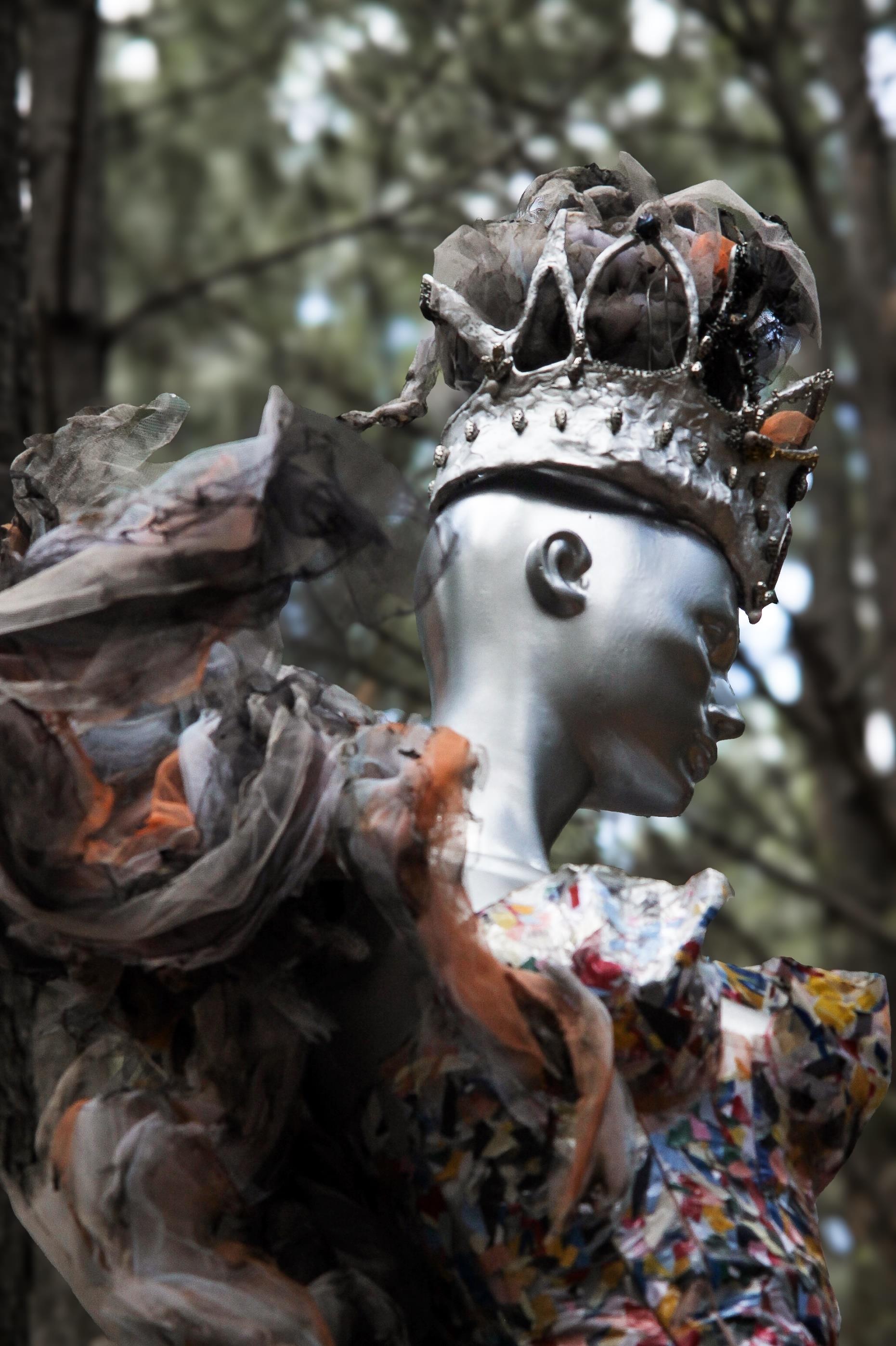
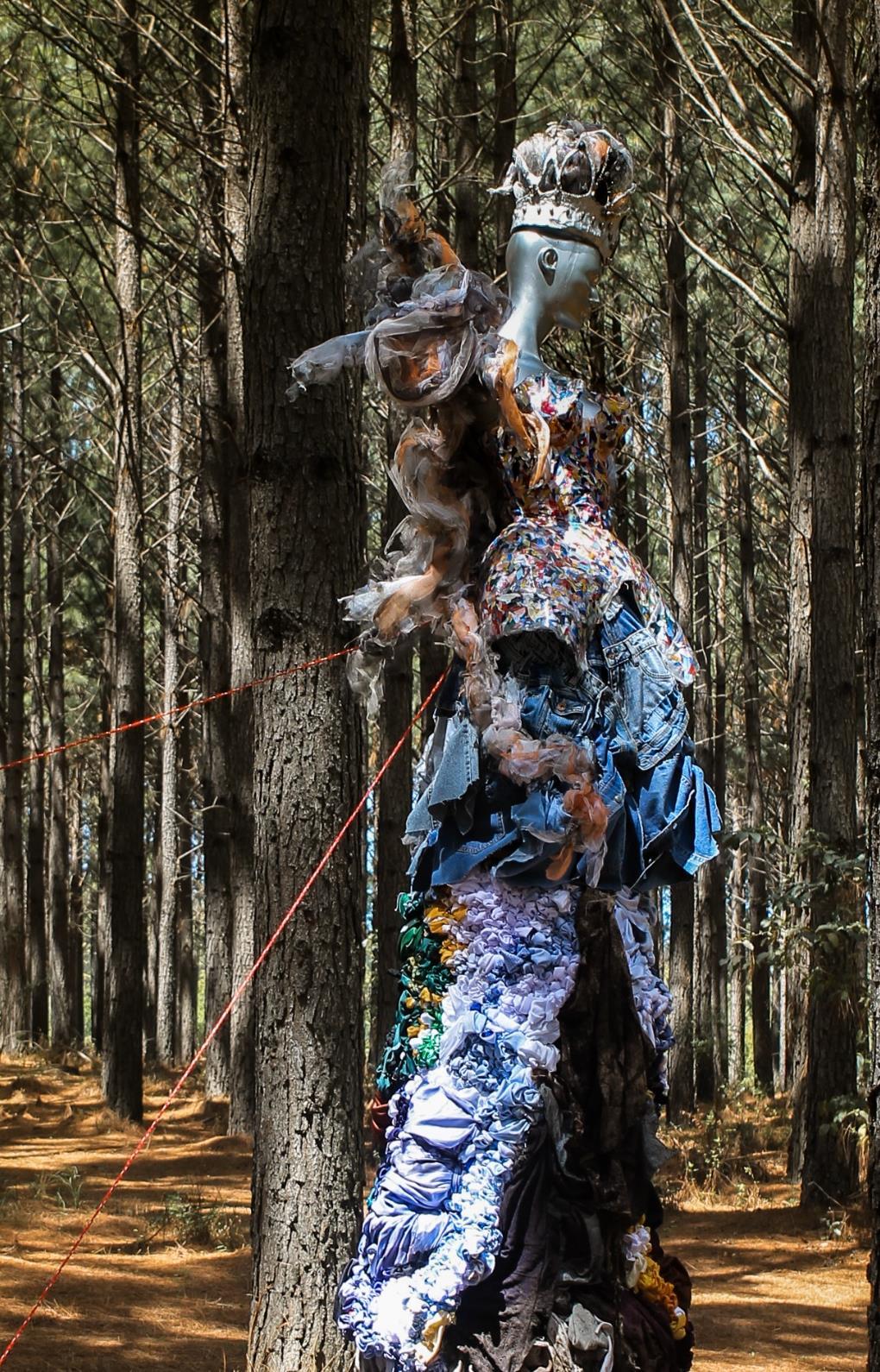
Jessica Ruiters
Risen from the Muck
November 2024
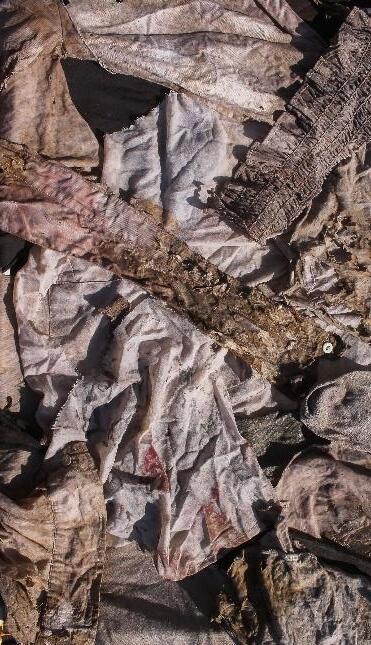
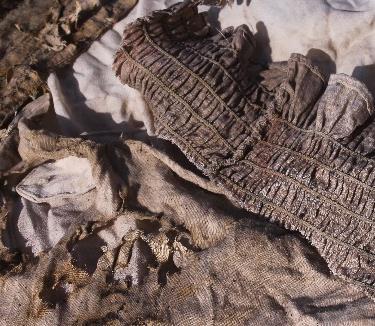
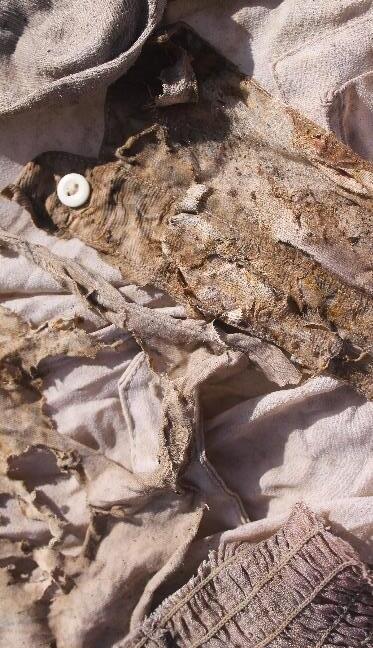
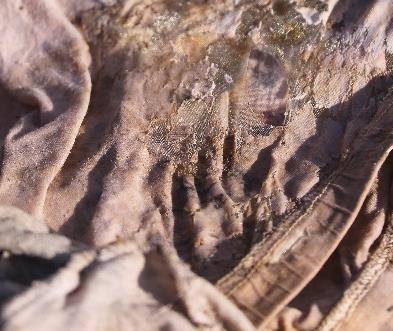
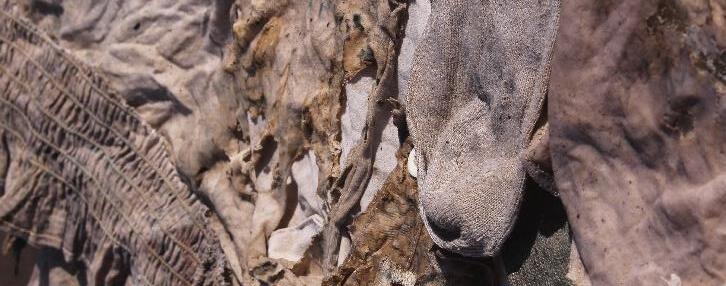
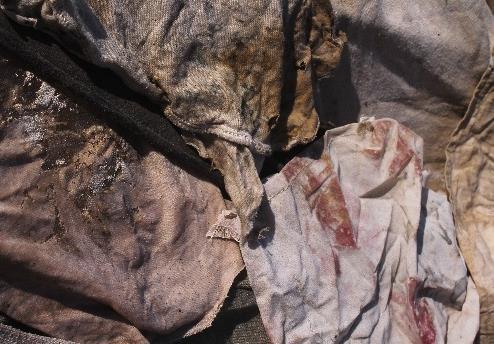
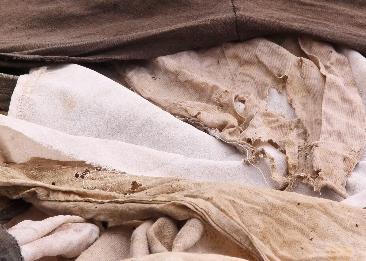
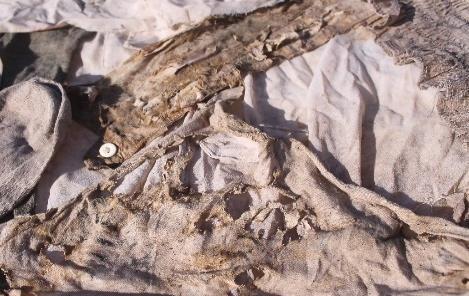
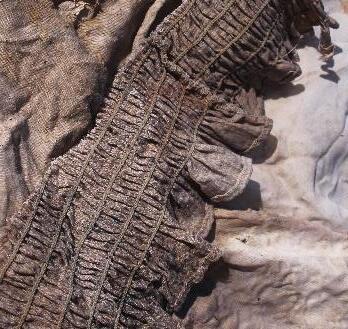
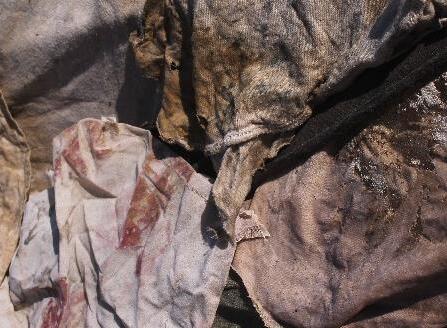
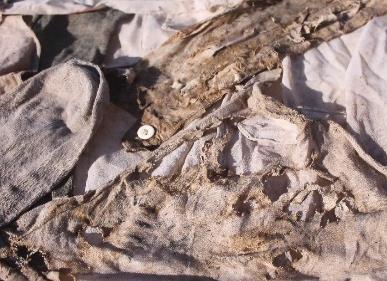

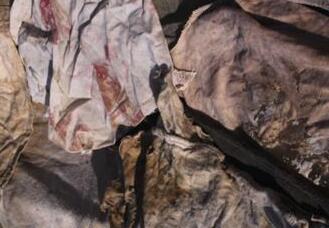
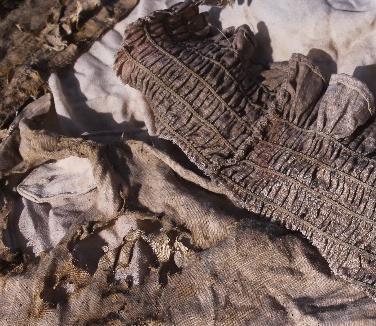
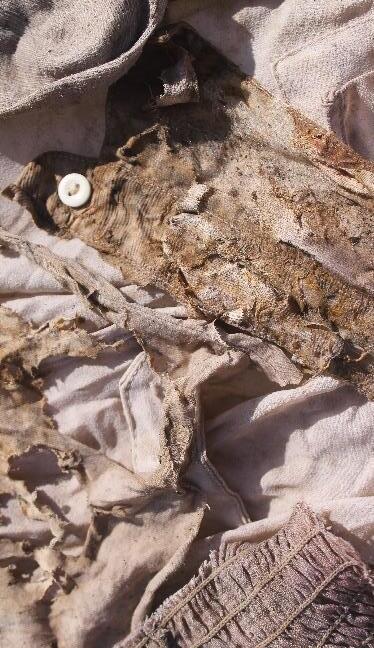
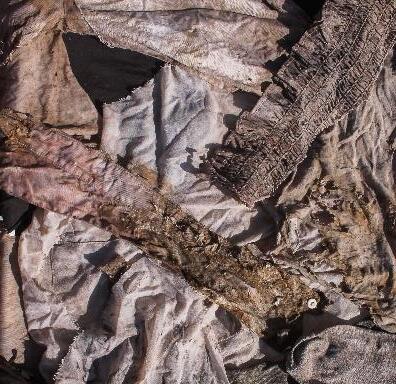
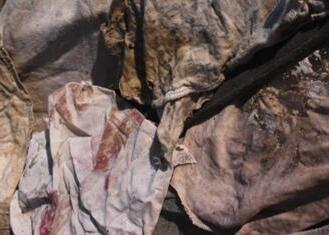
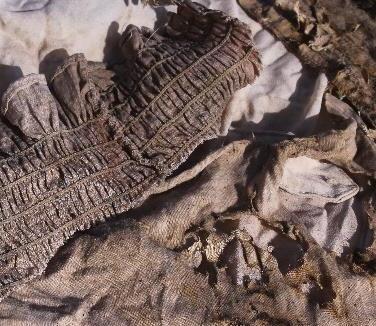
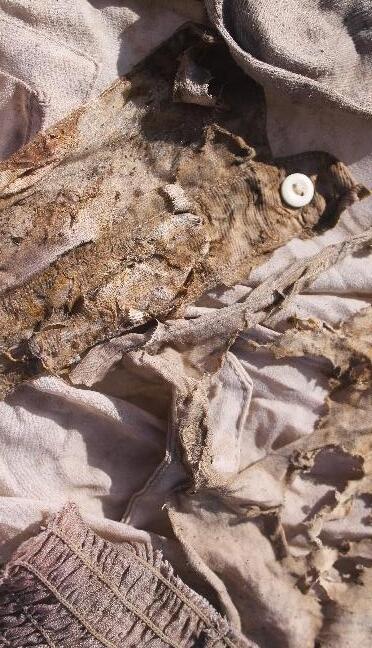
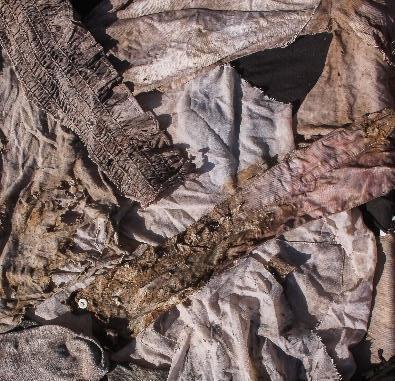
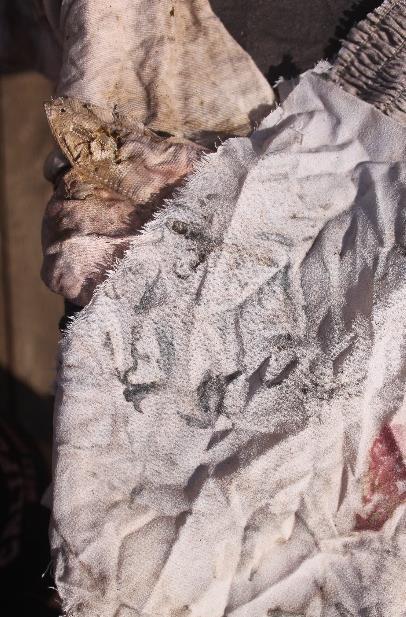
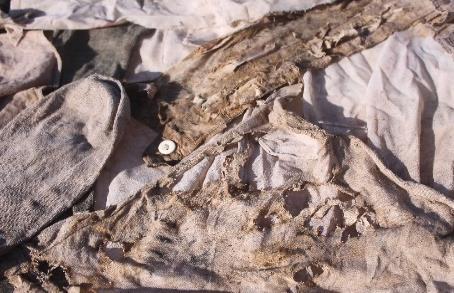
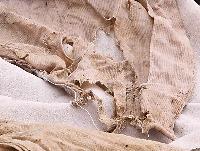
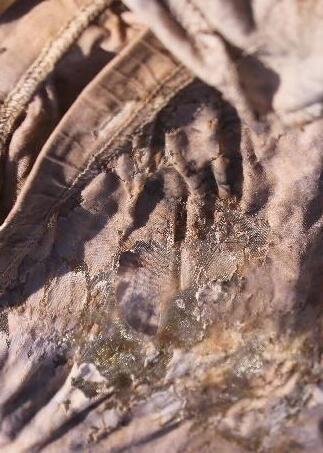
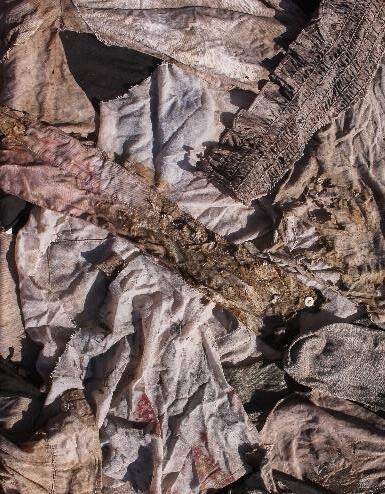
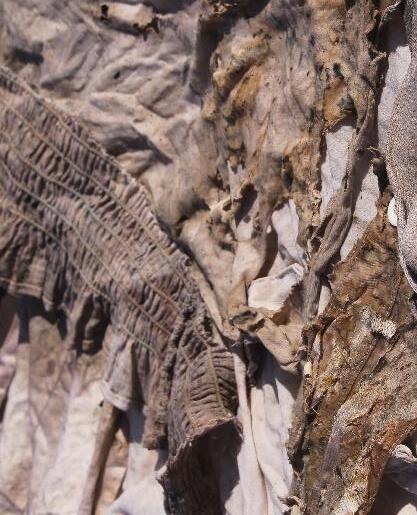
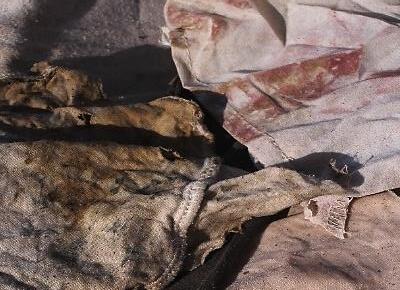
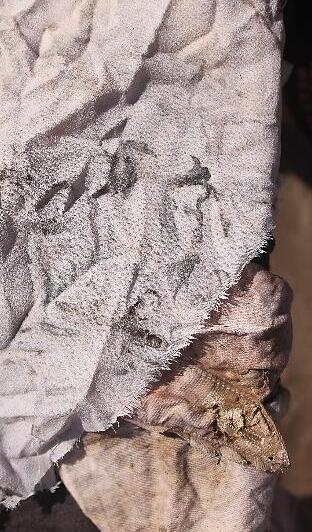
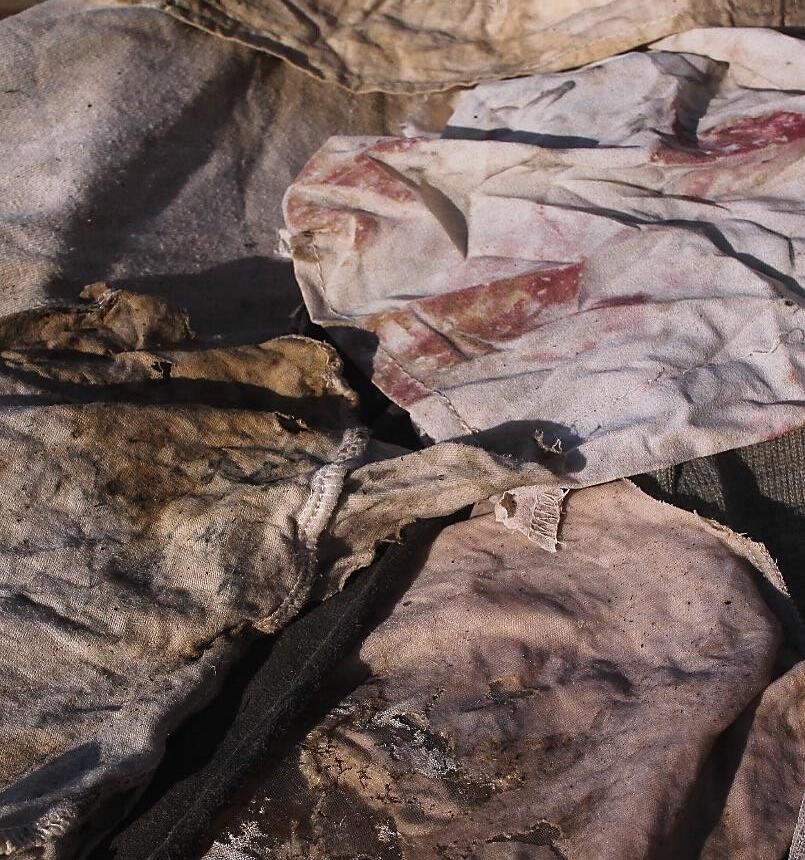
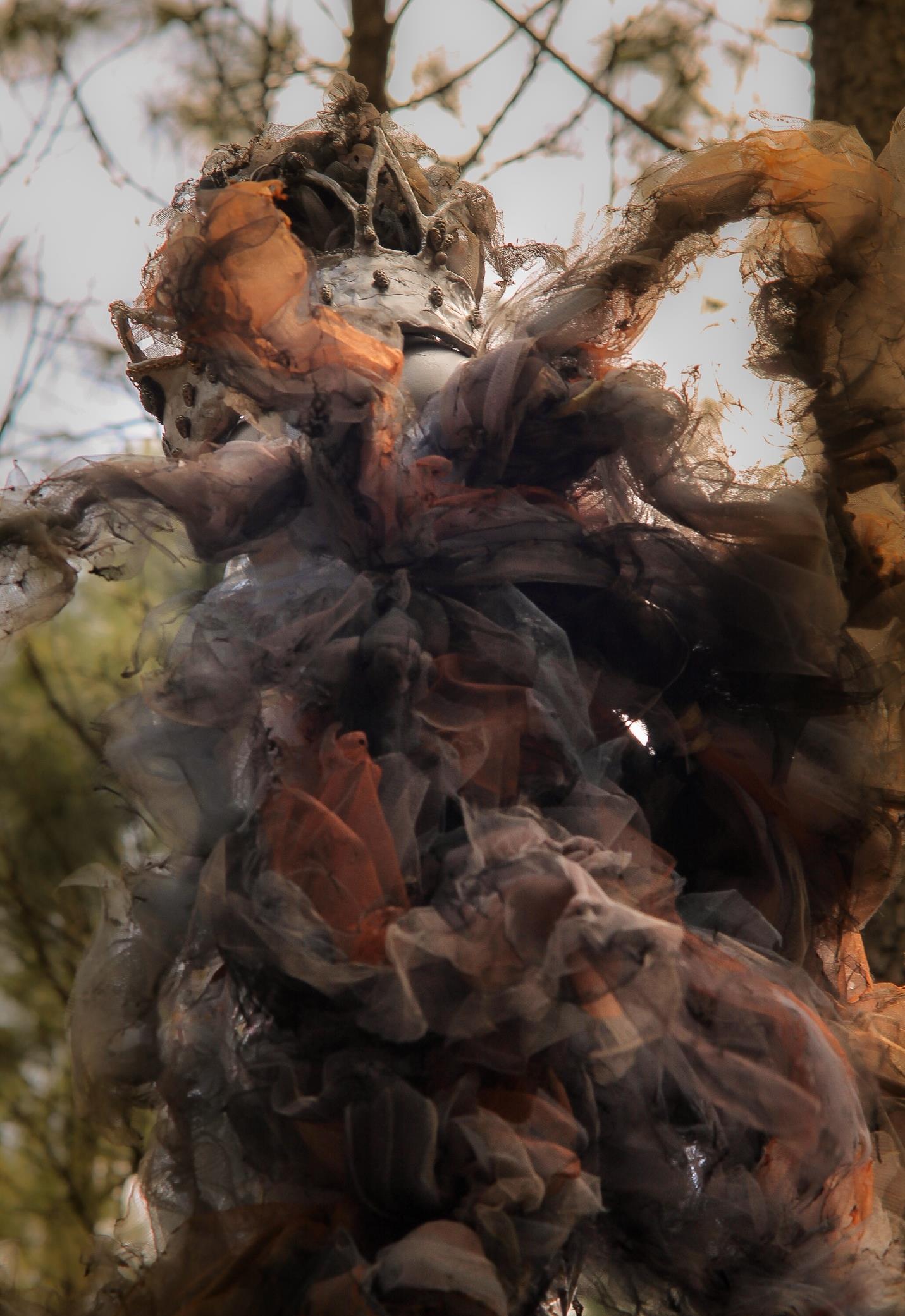


INTRODUCTION
Throughout human history, textiles have significantly reflected the materials and technologies that civilizations have mastered. The availability of raw materials and production methods constantly evolves, greatly impacting culture (Thakur & Kumar, 2017) This dynamic interplay inspired me to pursue a career in this field.
On my journey, I learned more about the ecological consequences of textile and fashion production. These revelations challenged my values and left me conflicted about my place in the industry. Although designing and garment making serves as my principal forms of artistic expression, I felt uninspired and dreadful about my professional path after discovering the broader implications on society and the environment.
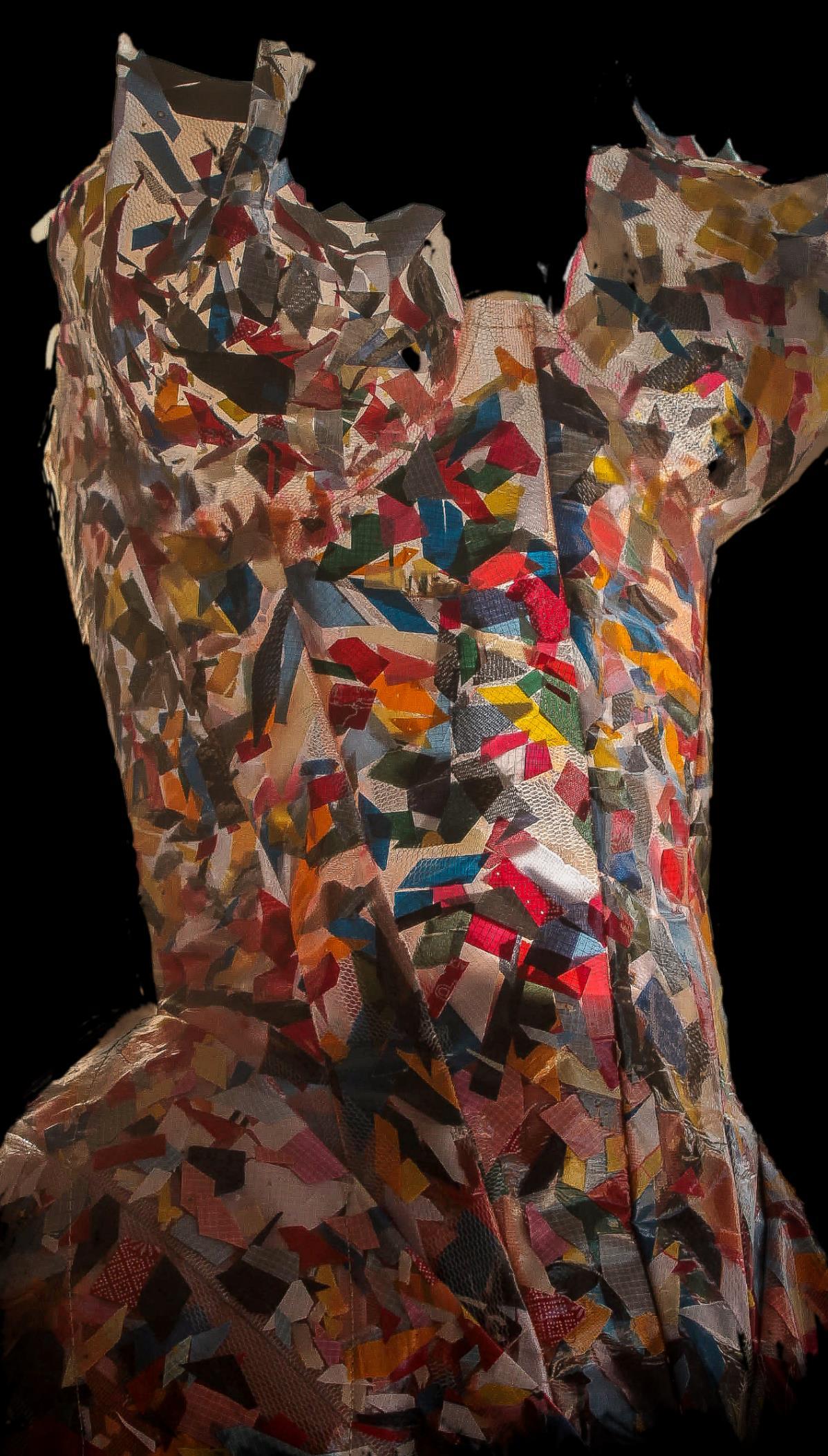
The garment and textile industry predominantly follows a cradle-to-grave model, a linear system introduced during the Industrial Revolution (McDonough & Braungart, 2002) In this model, resources are extracted, transformed into goods, transported and sold, consumed, and ultimately disposed of.
In his book The Waste Makers, Packard warns readers about the drawbacks of post-war contemporary civilization (Packard, 1960) He discusses the negative impacts of unregulated consumer growth on society, the economy, and the planet. This phenomenon has since spread globally.
My textile sculpture serves as a physical representation of the cradle-to-grave model. By collecting, sorting, and experimenting with textile waste, I aim to reconnect with fabric as an artistic medium.
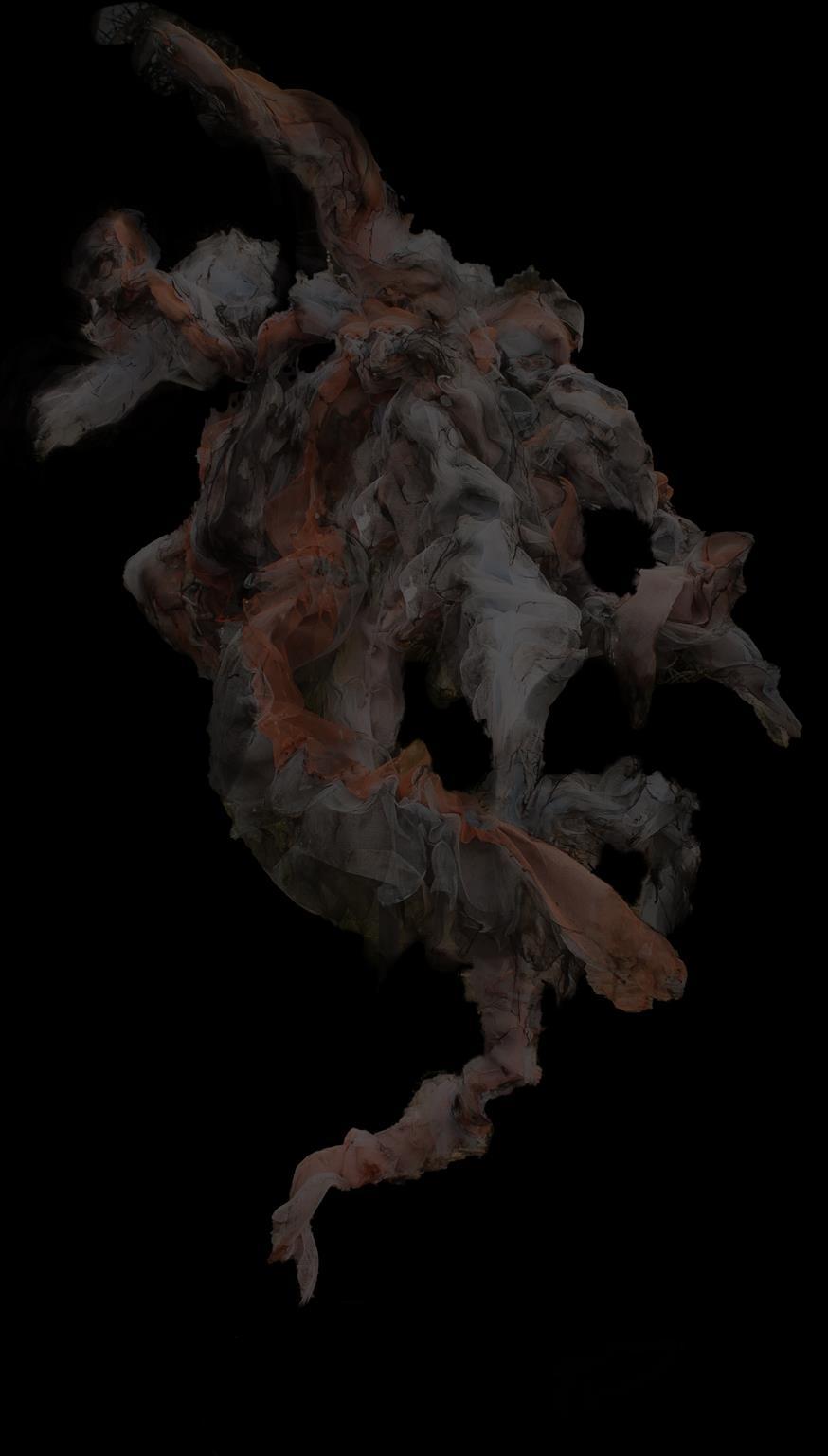
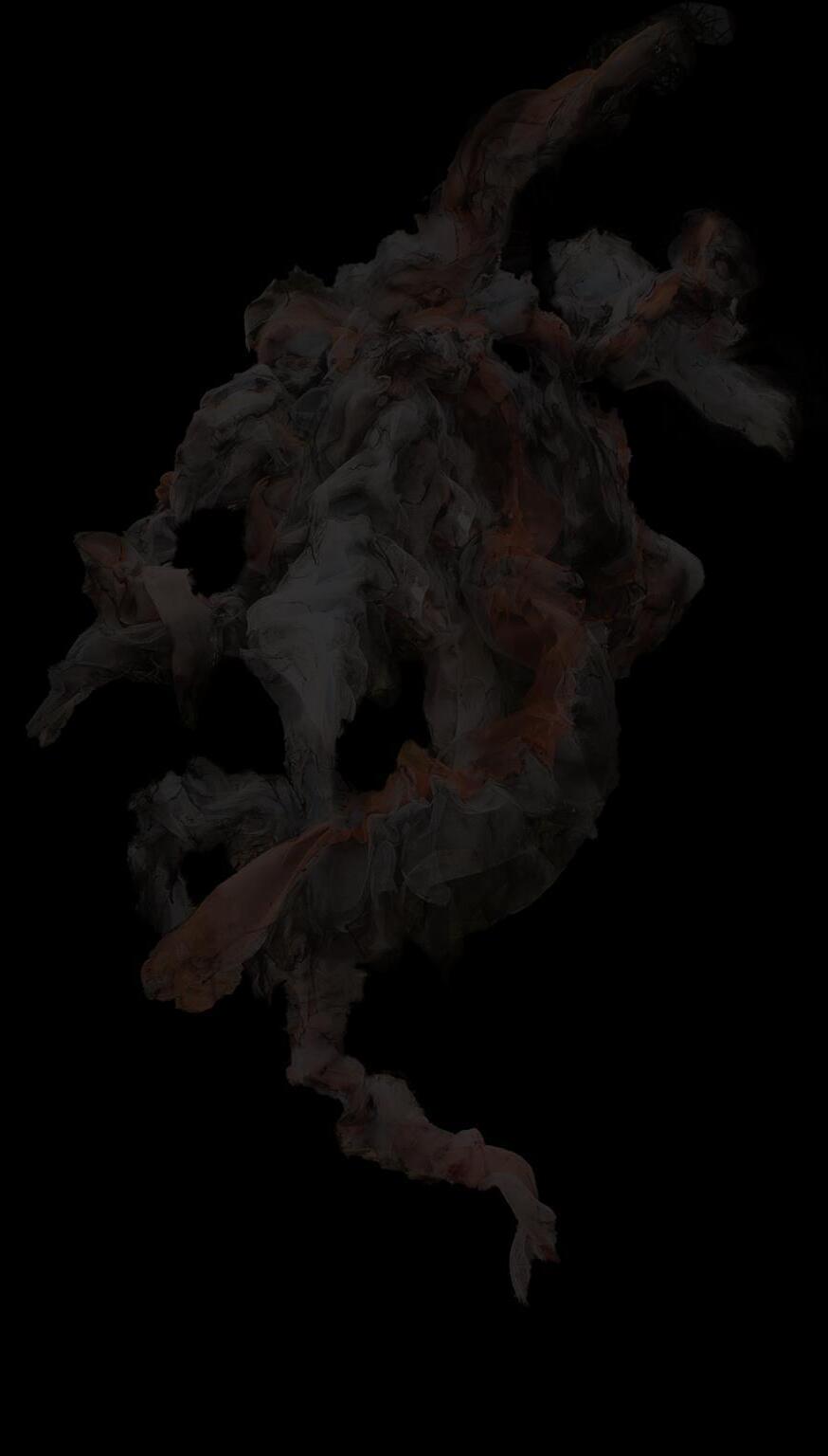
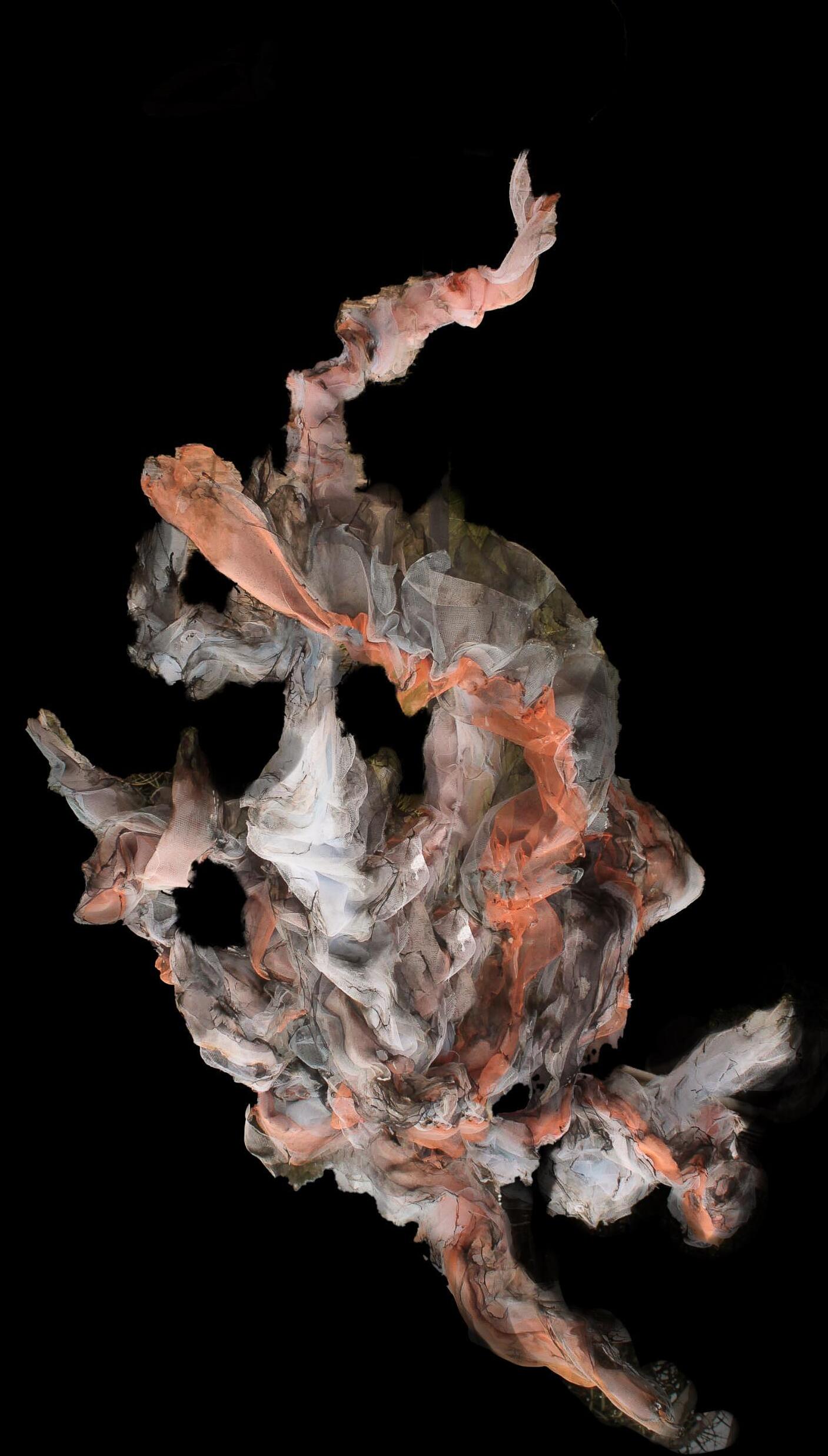
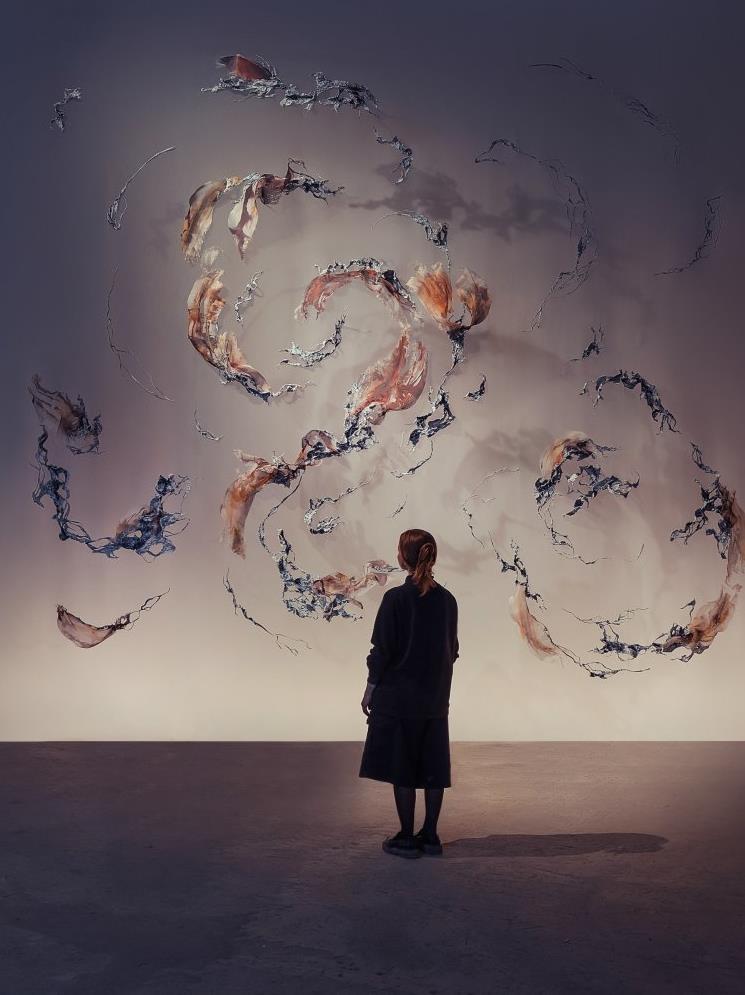
Figure 5: Iris Van Herpen, Weightlessness of the Unknown (2024).
ARISTIC INSPIRATION
Iris Van Herpen’s artwork, Weightlessness of the Unknown (Fig 5), is the first in a series of aerial textile sculptures It exhibits as a “self-portrait of her inner world” (Iris Van Herpen, 2024). Van Herpen explains that the sculpture explores the powerful release of emotions that can lead to new insights (Cherry, 2023). Her creative process acts as a form of meditation. I am inspired by how she blurs the boundaries between art and fashion. Similarly, my creative process will also serve as a meditative practice, providing an outlet for the worry and anxiety related to the themes I am exploring.
Figure 6: Iris Van Herpen, Weightlessness of the Unknown (2024) Process.
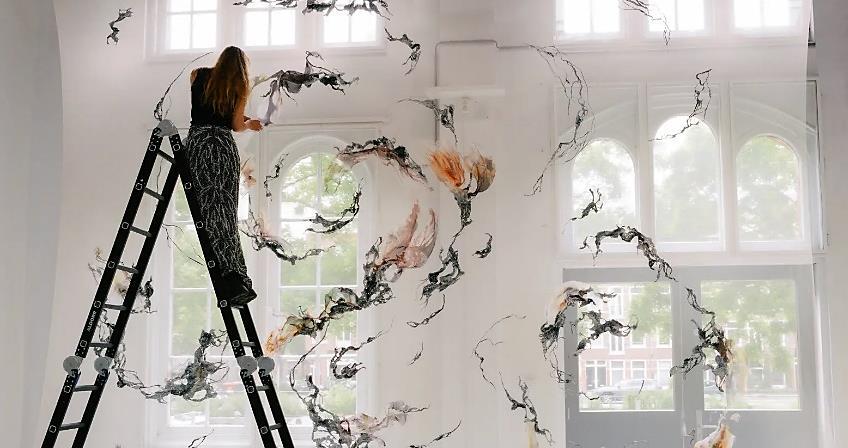
Van Herpen employs materials such as silk paint, cotton thread, tulle, oil paint, inktense chalk, and stainless-steel tubes to create airy, spinning shapes displayed on translucent, suspended sheets of tulle fabric She crafts interesting textures by contrasting delicate and heavy mediums in her sculptures (LawsonTancred, 2024). Inspired by her work, my sculpture, Risen From The Muck, features soft, delicate fabrics hardened with a cement mixture and sculpted around the base of the installation (Fig. 21). The setting I chose further explores contrast as a central theme.
El Anatsui, renowned for his vast metal tapestries, argues that colour is not limited to paint but includes everything we see (Anatsui, 2017). His use of discarded materials reflects his passion for redesigning and recycling, as well as his connection to Africa.
In his installation Gli (Wall) (Fig 7), he presents a large-scale sculpture made from aluminium scraps and caps from liquor bottles sourced from recycling facilities (Anatsui, 2024) Anatsui’s exploration of consumerism and waste through recycling and redesigning serves as a notable inspiration for my sculpture. His artwork defies rigidity through its impermanence in position and form (Ocula, 2024) Anatsui reassembles his pieces slightly differently for each exhibition, hanging them from ceilings, walls, and the ground. This emphasis on impermanence has inspired the layering techniques I used to construct my piece. The structure consists of multiple detachable parts that can be adjusted and stacked, allowing for various installation options.
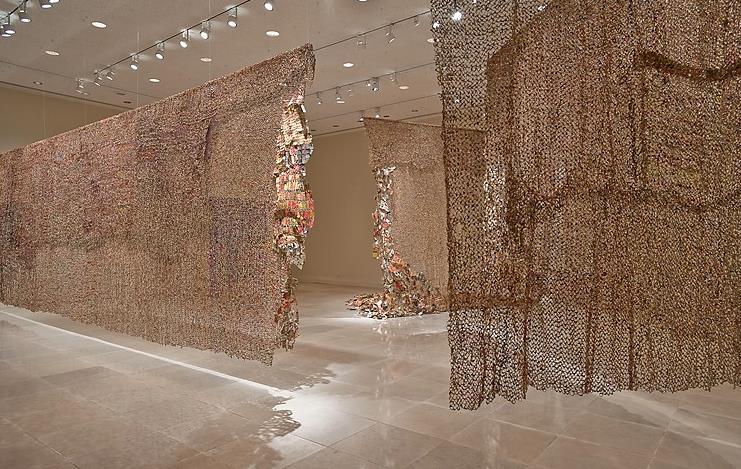
METHODOLOGY
My sculpture addresses the ecological care approach to the irresponsible practices of the fashion and textile industry Ecology of care focuses on the wellbeing of our natural ecosystem and cultural ecology (Jennings, 2017). Renowned fashion designer Alexander McQueen stated, “I want to be honest about the world we live in, and sometimes my political persuasions come through in my work” (Bolton, 2017). I also aspire to create work that reflects my convictions and values, revealing my honest perspective on the issues we face.
The fashion industry ranks as the third most polluting sector globally and has a considerable negative impact on society at local, regional, and global levels. Workers often endure hostile and hazardous conditions, long hours, and low pay due to the pressure of fast production turnover (Ellen MacArthur Foundation, 2017) Our relationship with clothing has changed significantly over generations; what once required repair and modification now often leads to easy and inexpensive replacements (Allwood , et al., 2006).
My sculpture features an unusually tall figure dressed in a corseted gown made from factory textile waste and discarded clothing trims (Fig. 8).
In runway shows, tall models help audiences see designs more clearly. By placing the installation among pine trees, the sculpture mimics the natural environment through its height, shape, and positioning, attempting to blend in despite the contrast between the synthetic figure and the natural forest
I used aluminium wire to add volume and manipulate the shape of the dress. The organic shape emphasizes the vast amounts of waste produced by the industry, while the instability of the structure is highlighted by a red rope anchoring the sculpture.
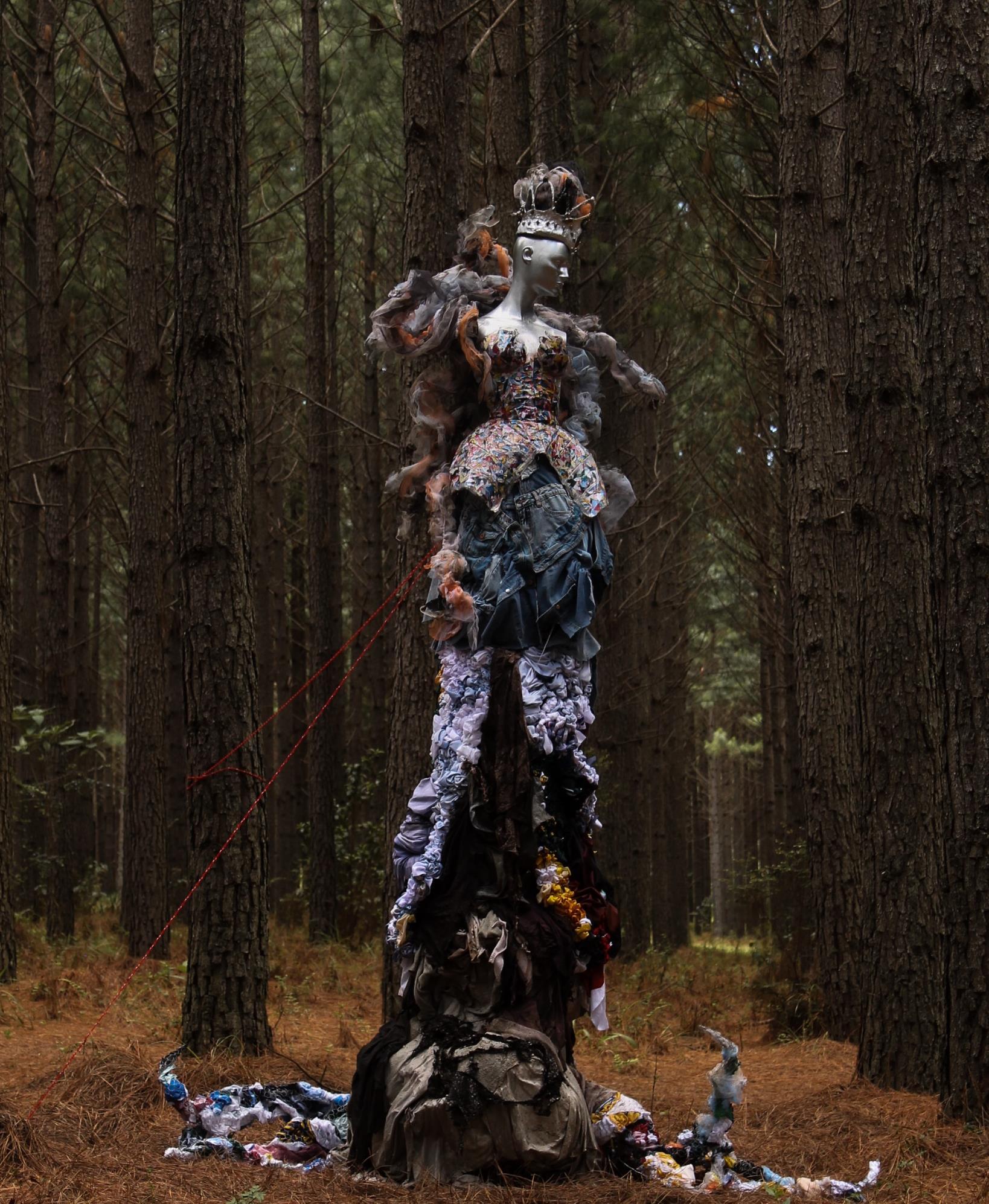
The piece plays with the concept of deterioration, becoming less glamorous from top to bottom. A ball resting on the crown (Fig. 11) symbolizes divine perfection, commenting on the idealized images that fashion companies promote. The figure is sprayed in silver paint and wears a crown that represents the social hierarchy within the fashion industry. Sociologist Georg Simmel’s theory of the trickle-down effect explains how trends spread over time and across cultures, illustrating how those with higher socioeconomic status establish trends that others follow (Rüling, 2000).
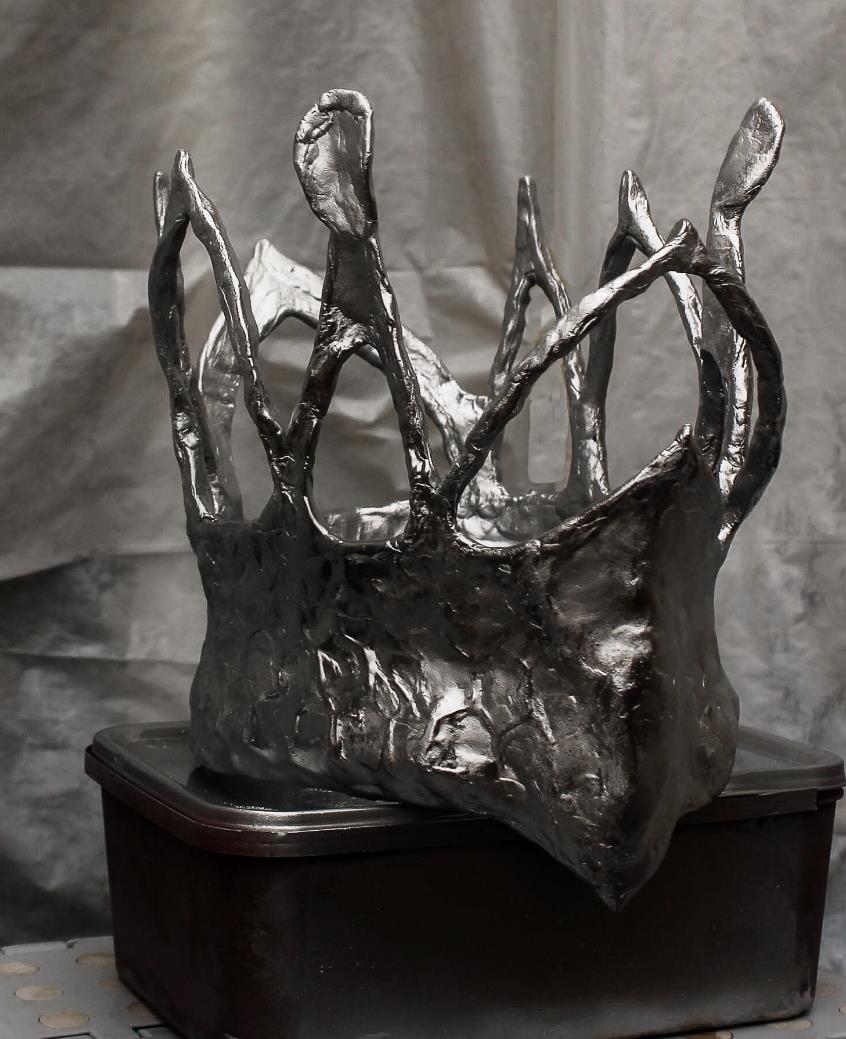
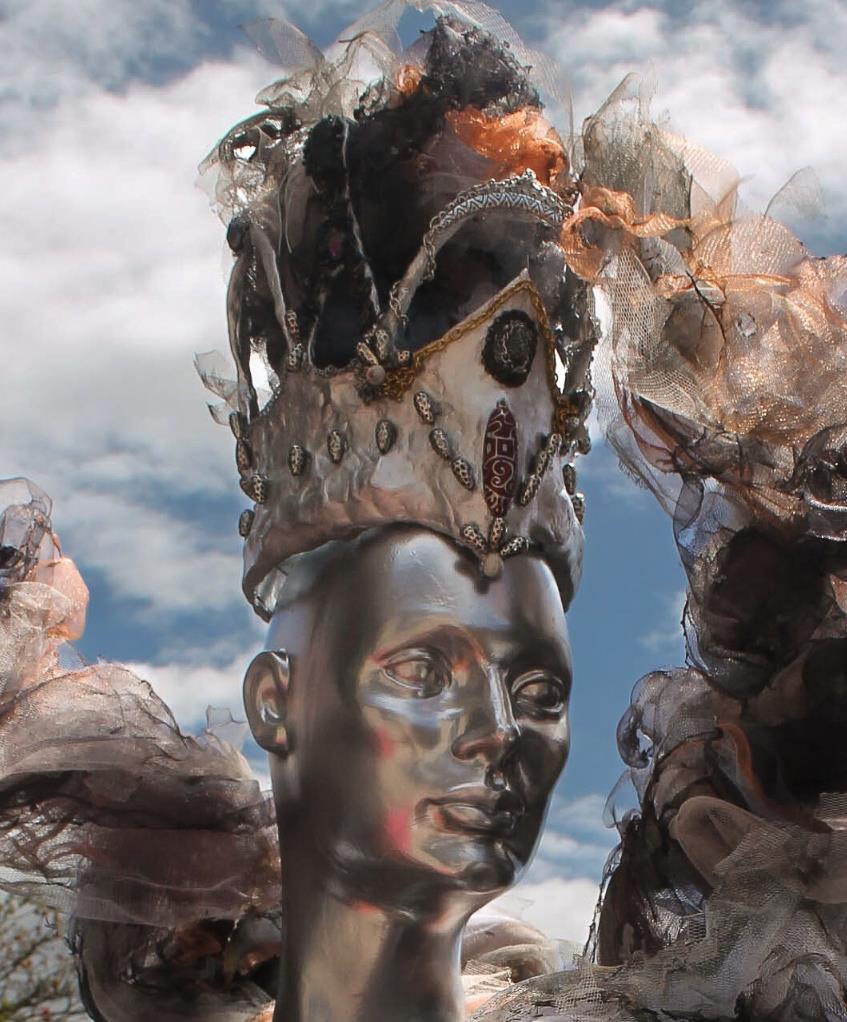
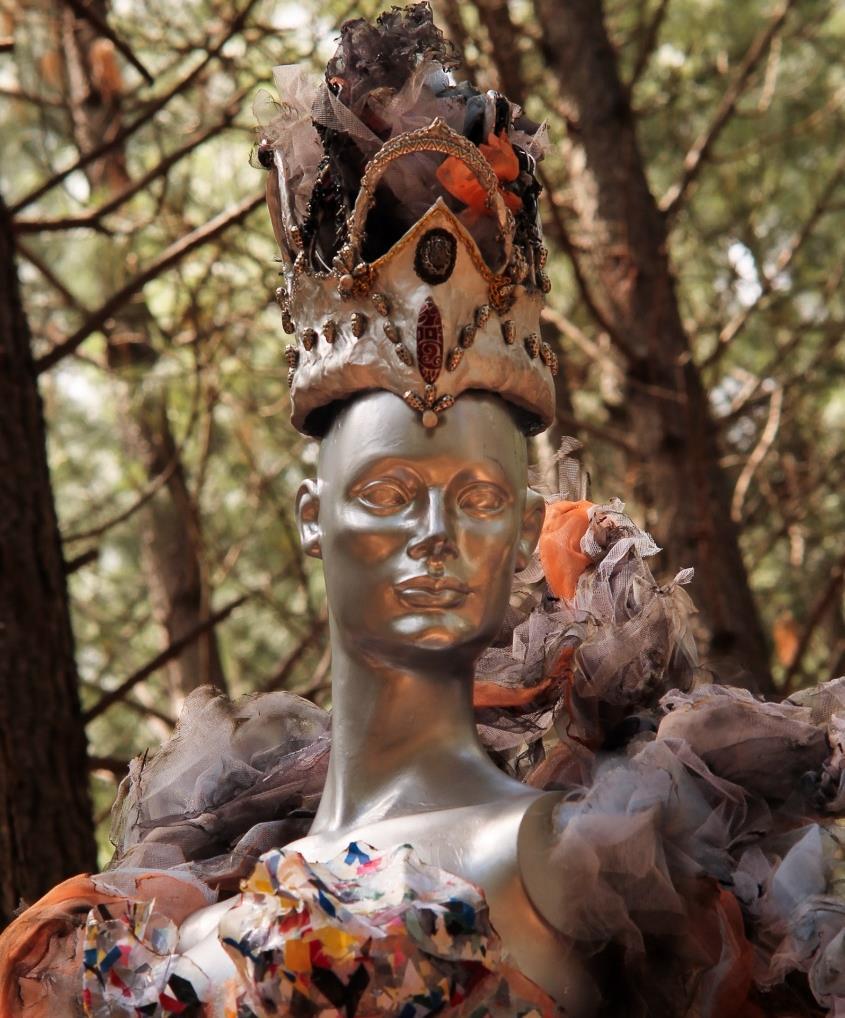
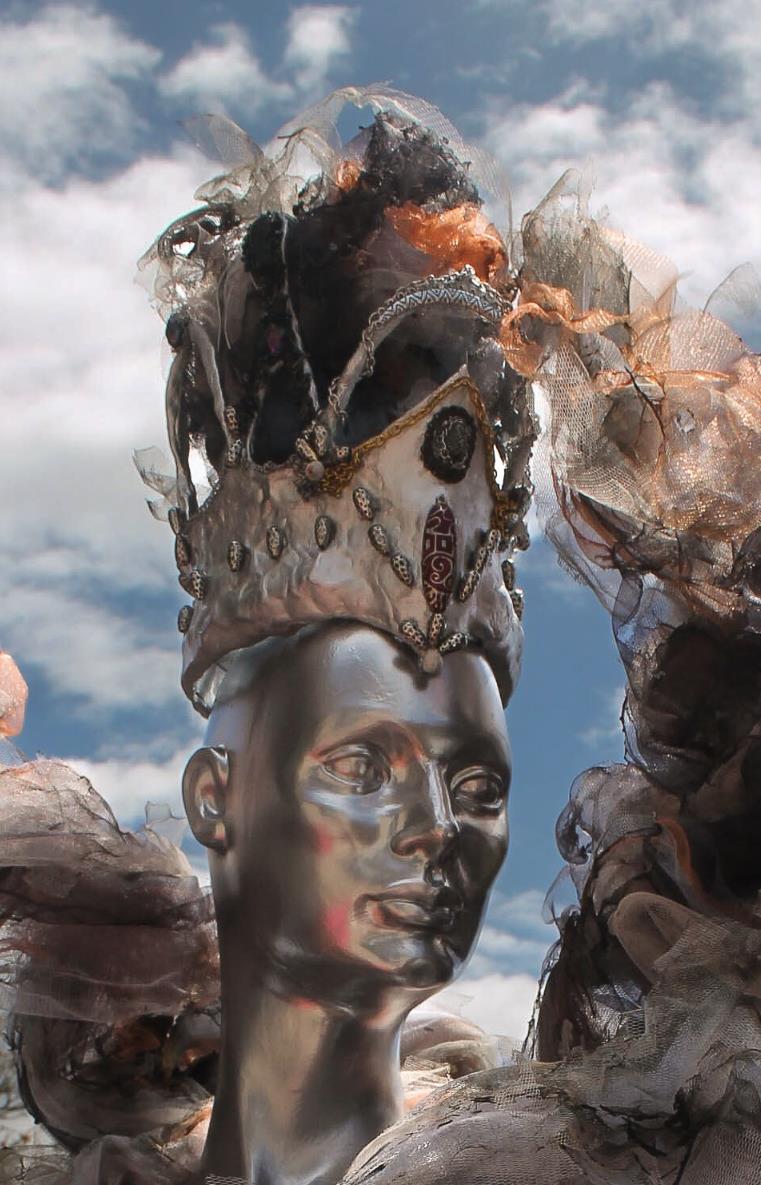
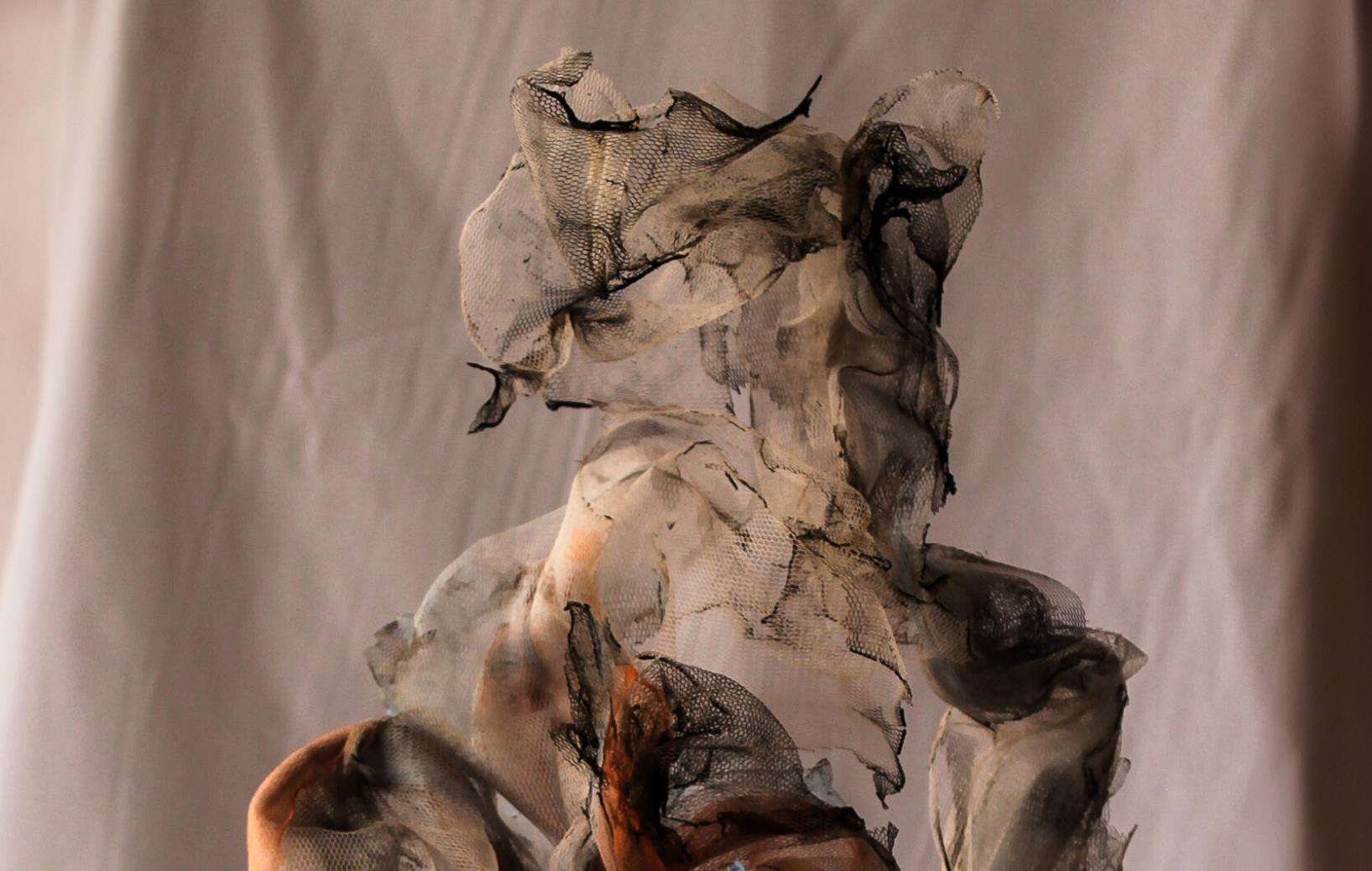
Annually, the fashion industry generates 92 million tons of textile waste and is responsible for 10% of global carbon emissions (Petrie, 2023). The shoulder piece of my sculpture comments on the toxic gases produced during textile manufacturing. It is made from various colours of tulle fabrics, mimicking the appearance of toxic smoke (Fig. 12).
The translucent tulle around the figure's head is framed with wire (Fig. 13). I drew inspiration from Van Herpen’s Ariel sculptures by burning and shaping the melted synthetic fabrics into cloudy shapes. The translucency of the tulle emphasizes issues of transparency regarding industry manufacturing processes.
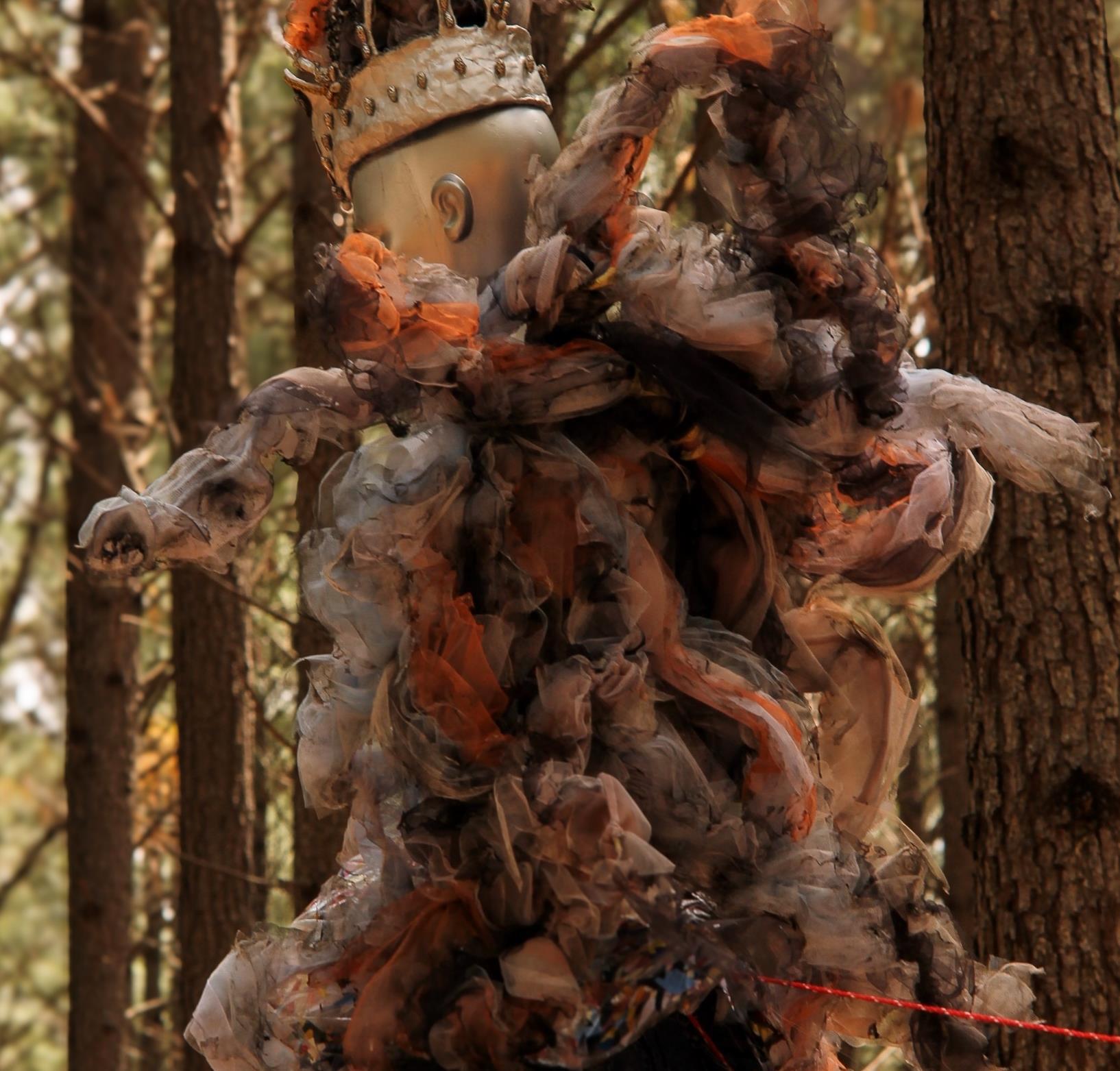
The fashion industry not only sets beauty standards but also shapes the cultural construction of the idealized female body in Western society (Erkal, 2017). The corset worn by the figure represents the historical manipulation of body shape, evoking feelings of being constrained and deprived of breath. Textile and garment production is responsible for 9% of all microplastics released into oceans annually (Petrie, 2023) I created a new fabric from adhesive vinyl and small pieces of scrap fabric, which are sealed between two adhesive layers using heat (Fig. 14). This technique allowed me to mould the fabric to the rounded shapes of the figure (Fig. 15), with the scraps symbolizing microplastics in our oceans and waterways, thus playing with the theme of suffocation.
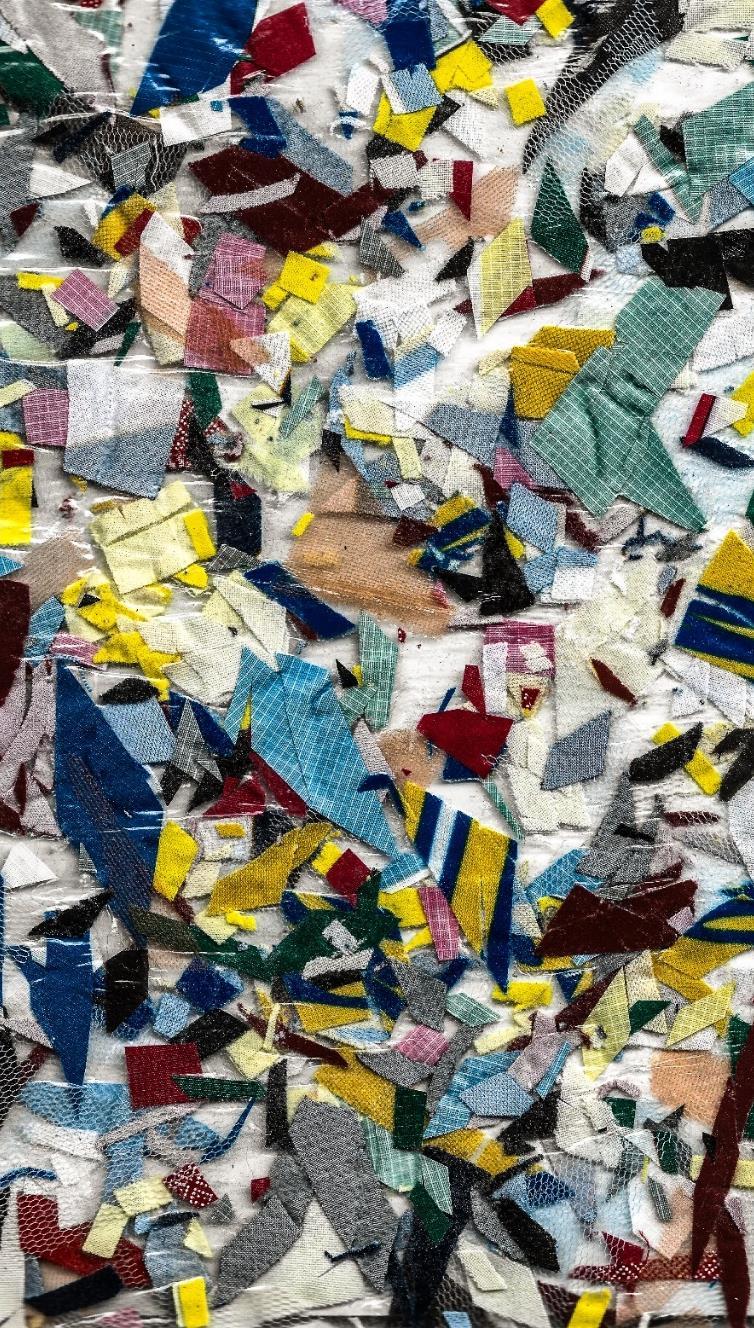
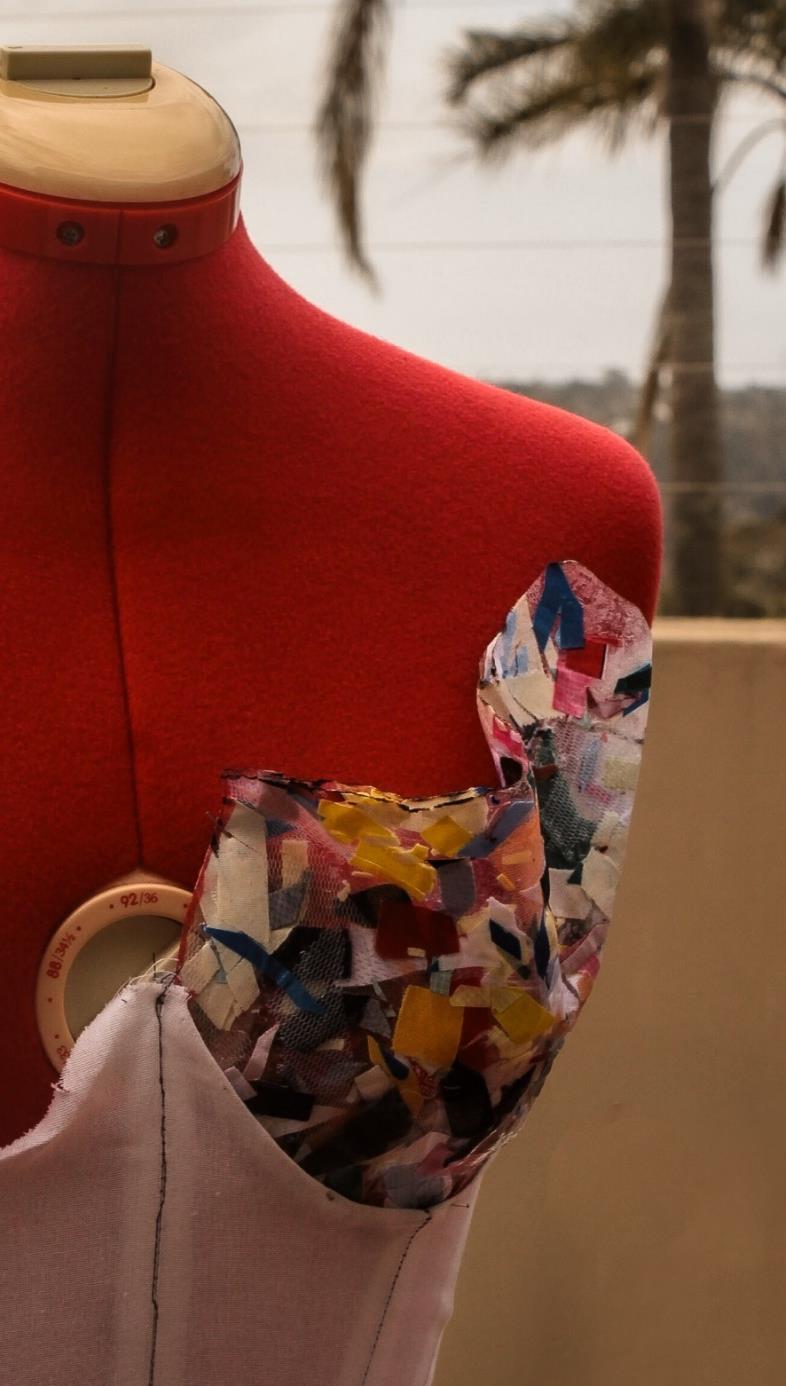
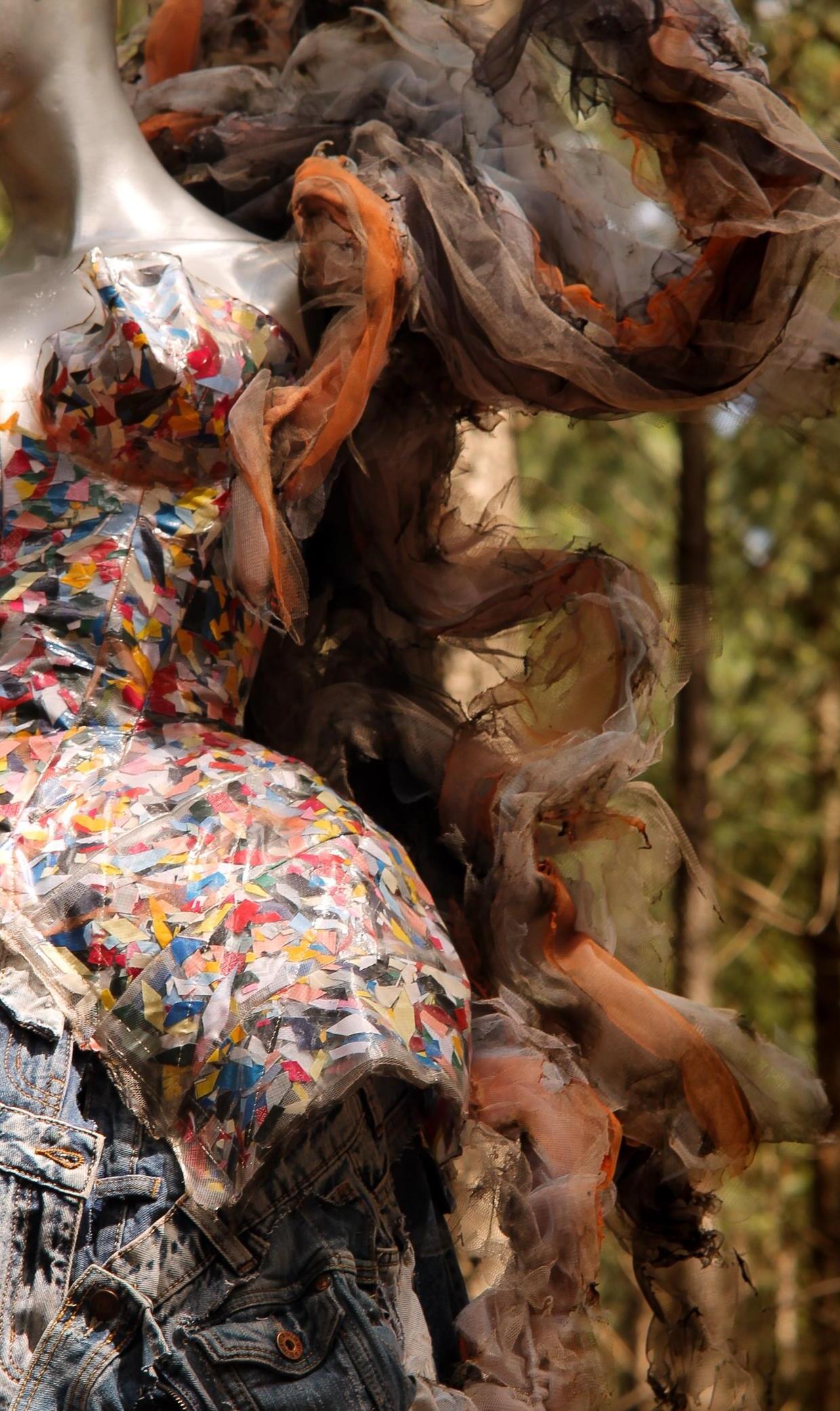
The first layer of my sculpture (Fig.17) consists of deconstructed garments stitched together, draped on a dress form to create a flowing composition This layer illustrates the industry’s lack of resources and expertise necessary to implement a circular value chain The environmental impact of overconsumption is significant, as the textile sector relies heavily on non-renewable resources. Large-scale garment recycling remains an idealistic goal, as building the necessary infrastructure will take years (Sustainable Fashion Forum, 2024).
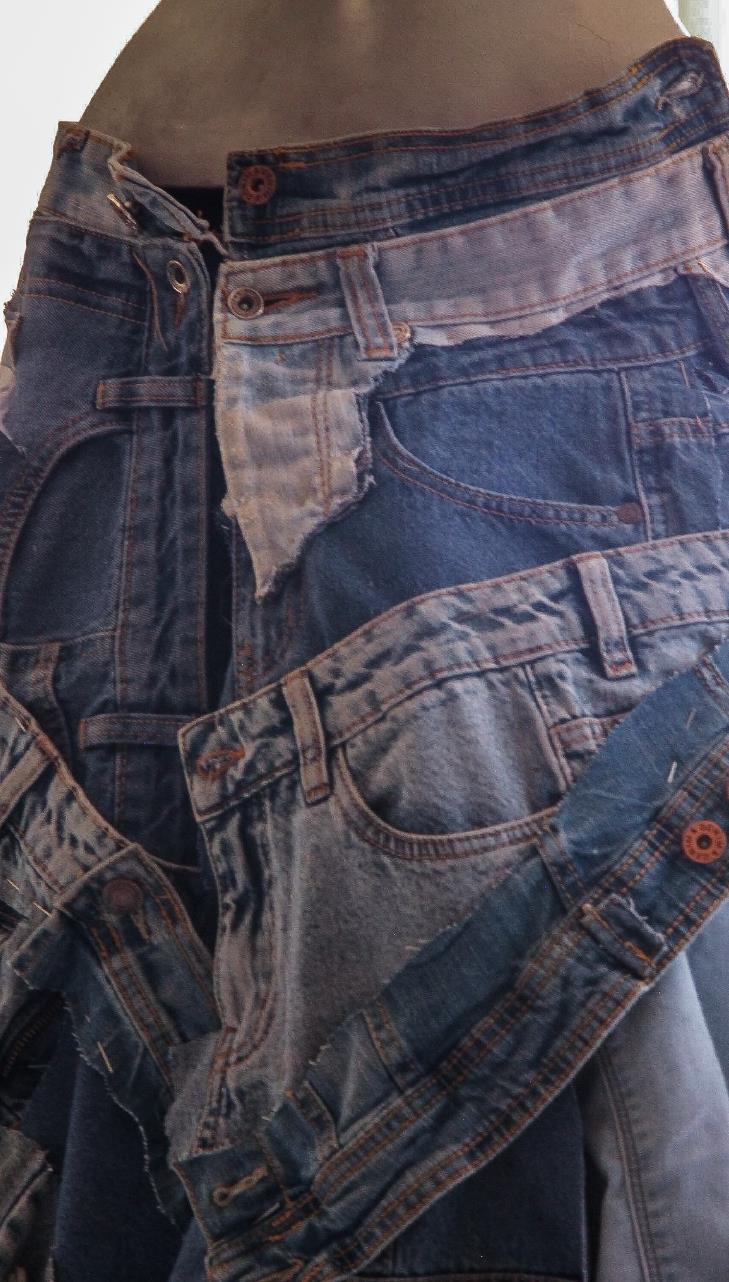
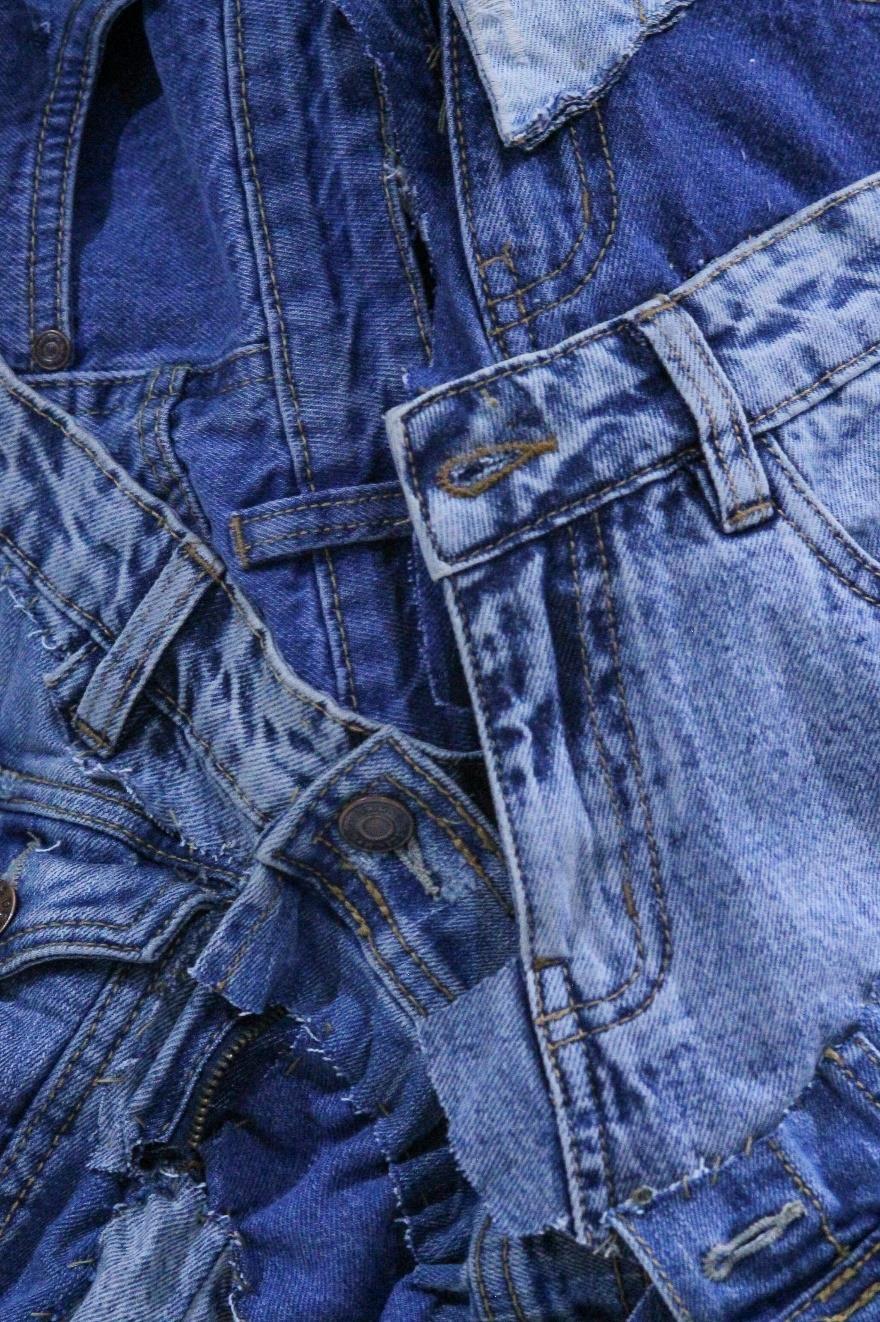

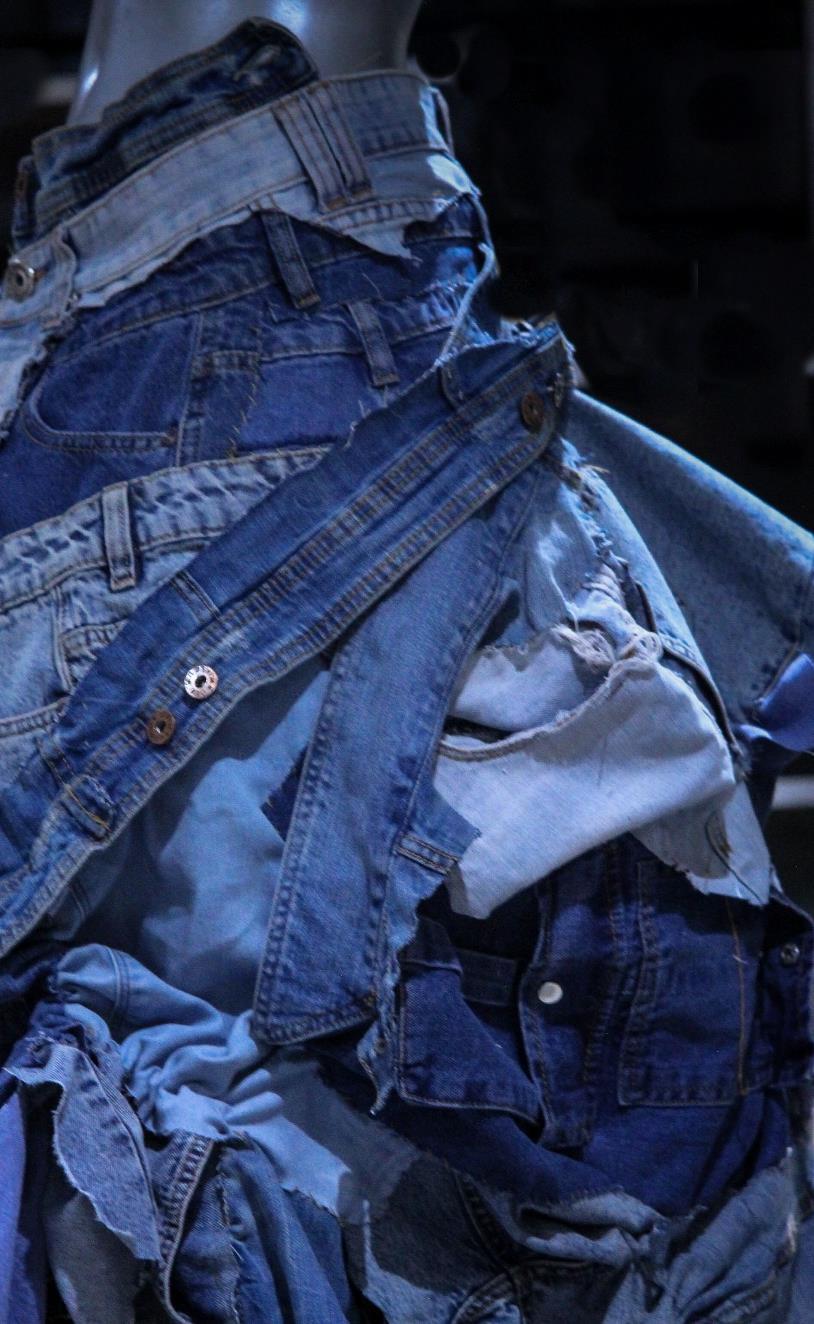
The second layer (Fig.18) is inspired by El Anatsui’s use of everyday objects as a colour medium. I aimed to capture the textures and shapes found in nature using fabric offcuts to create a cohesive composition This process involved sorting and categorizing the fabric, and the netted wire allowed me to use a sculpting method inspired by tapestry weaving techniques
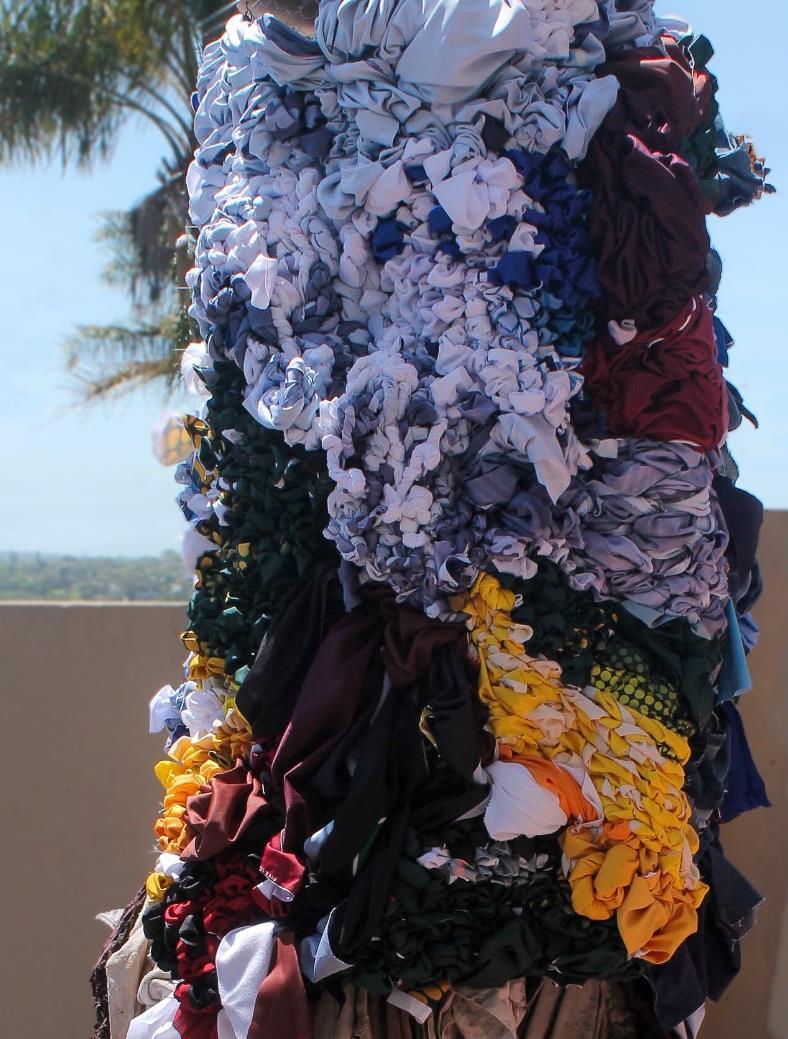
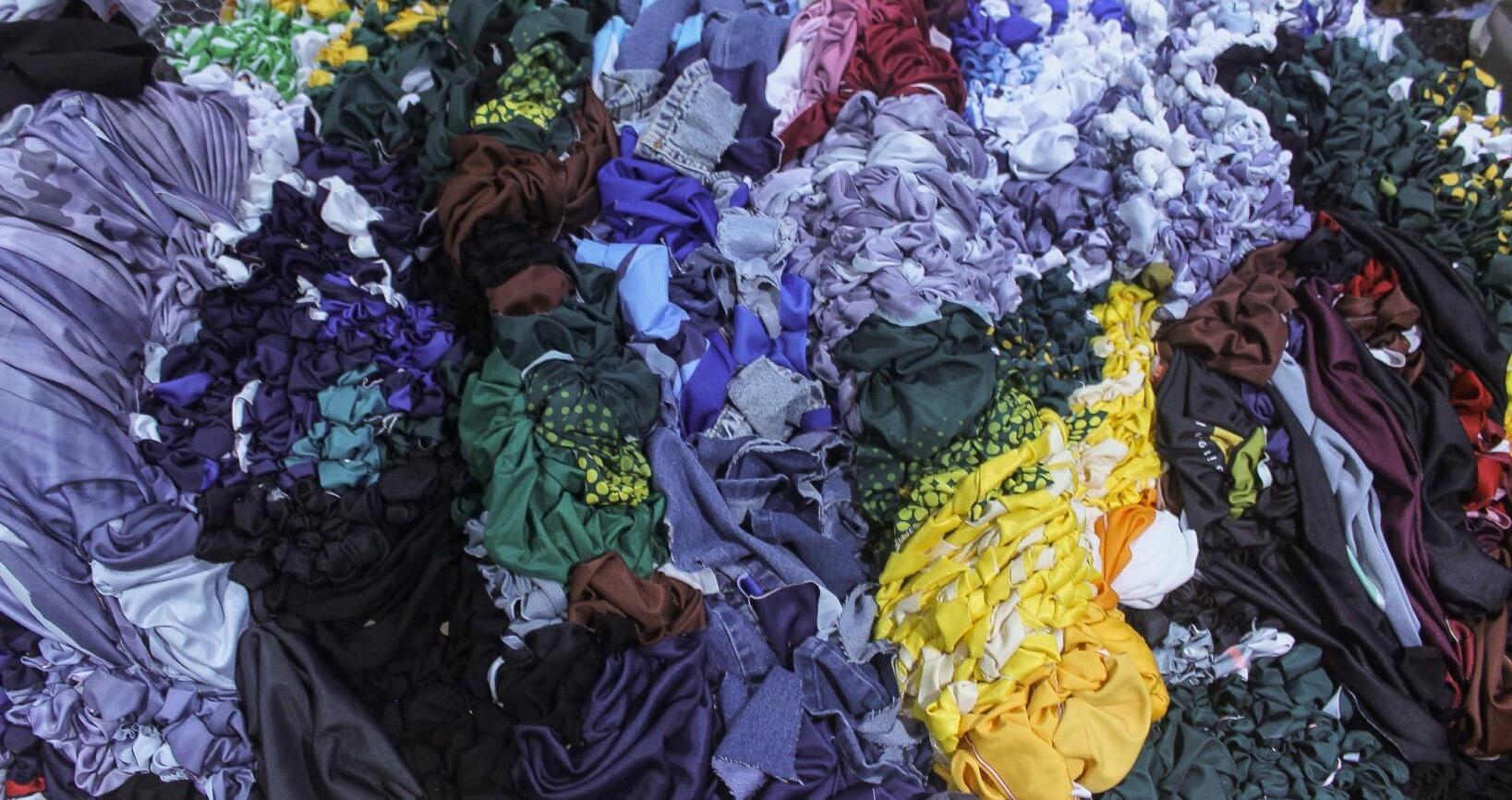
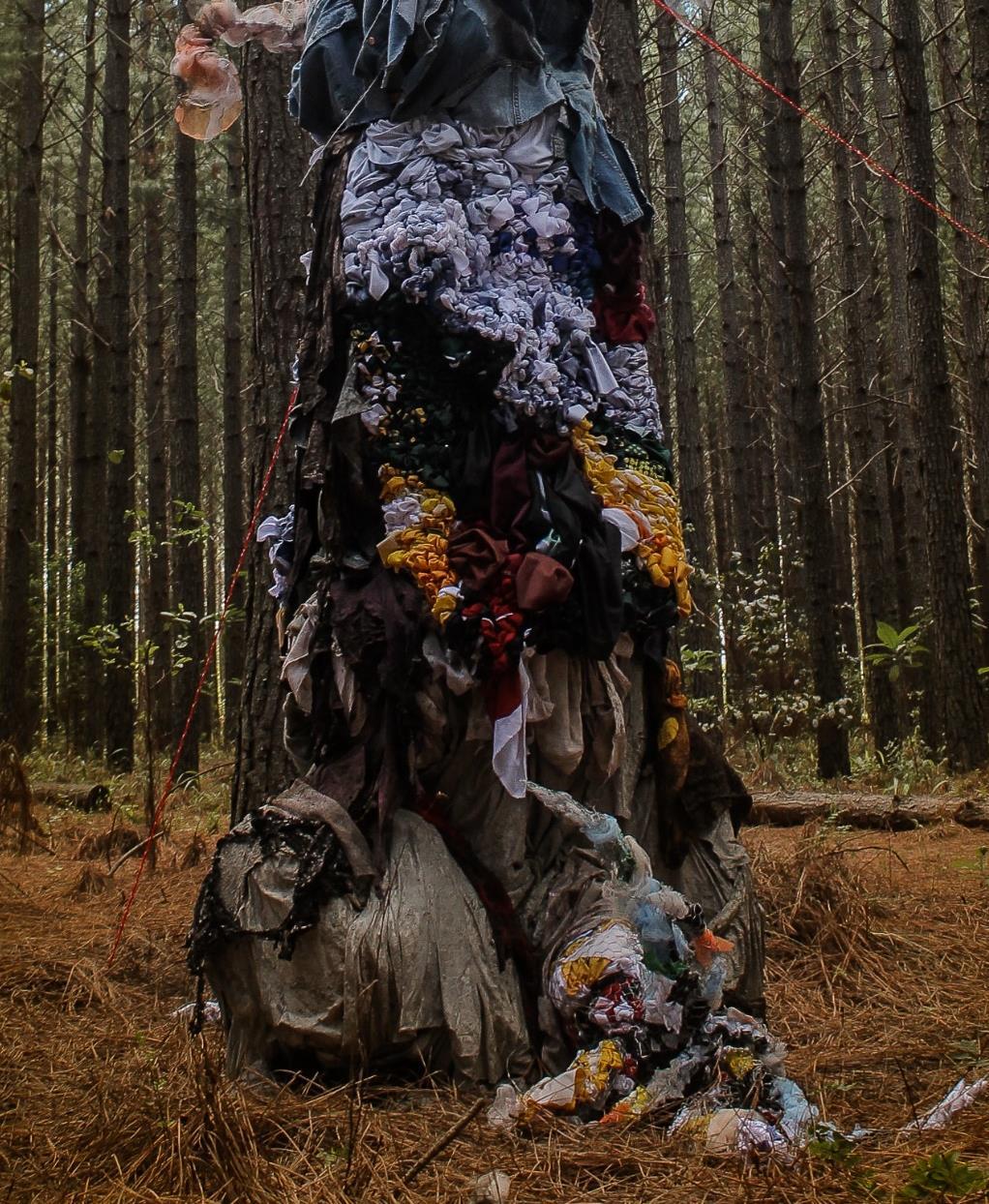
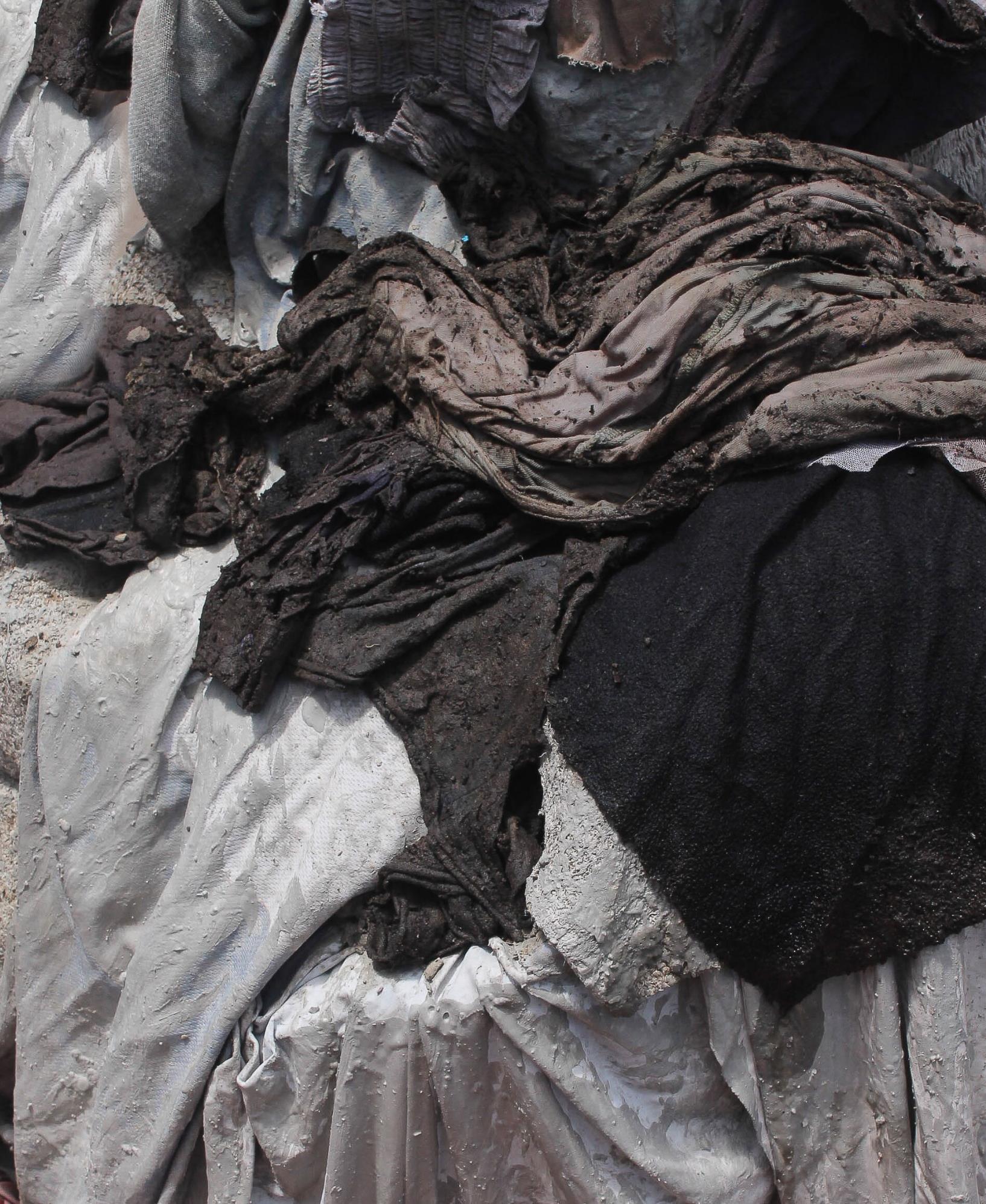
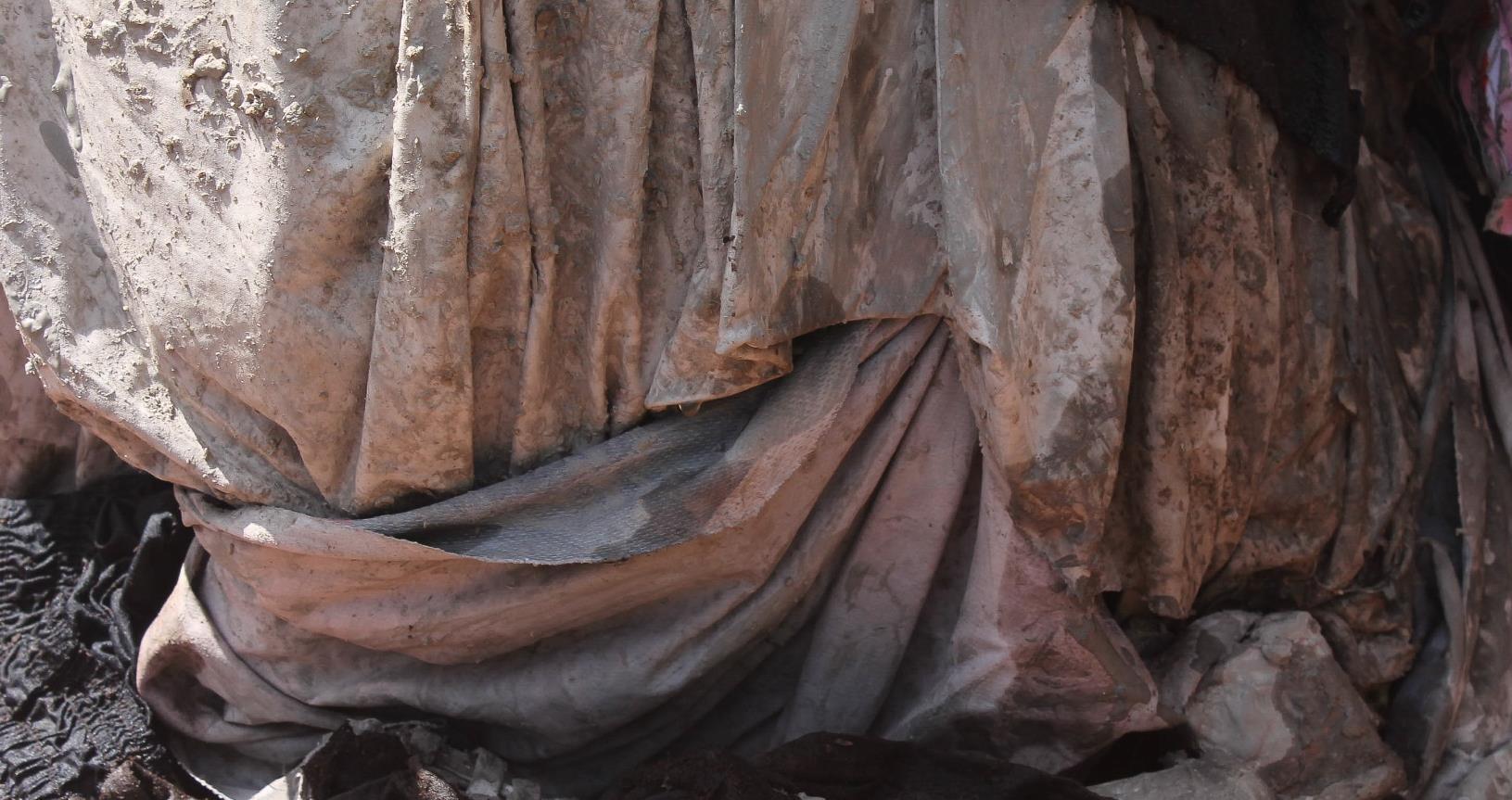
3 Detail.
The third layer (Fig. 23) addresses the degradation of textiles in landfills, where they can take over 200 years to break down. As they decompose, textiles release methane, a greenhouse gas that contributes to climate change (CHIOMA, 2023). This layer includes hardened fabric pieces dipped in a cement mixture. I buried fabric in soil to study the effects and stains left on the textiles. The dirty fabrics are layered on top of the hardened pieces, commenting on the degradation of fabric and its impact on soil quality
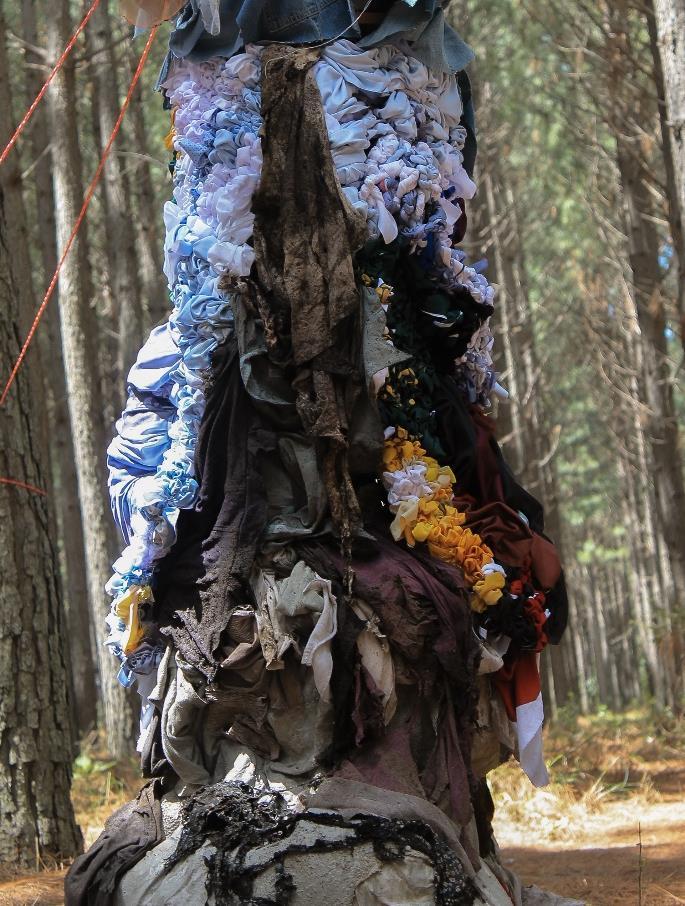
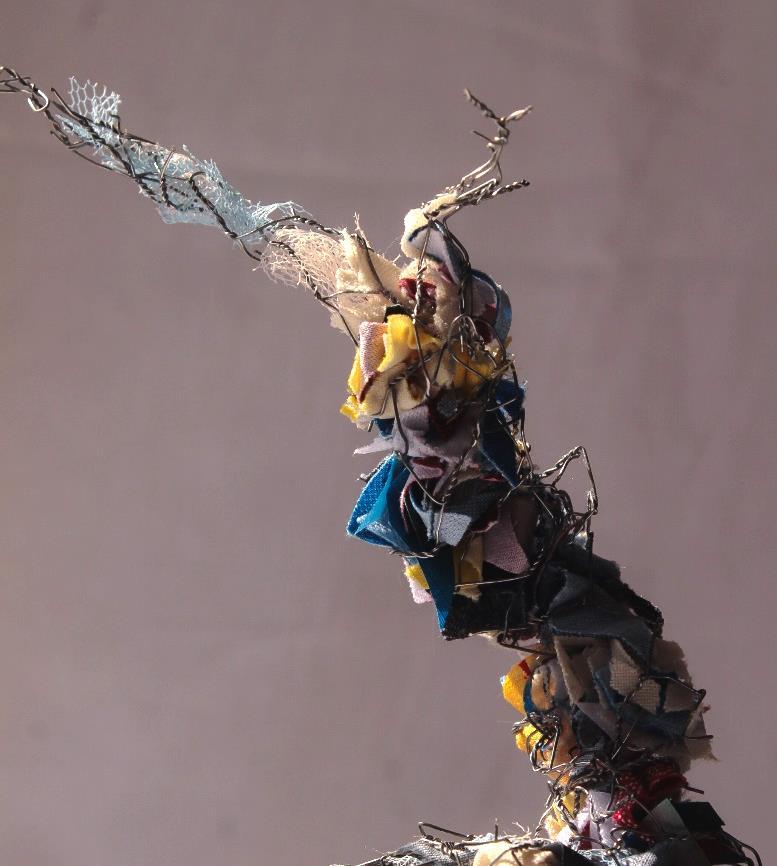
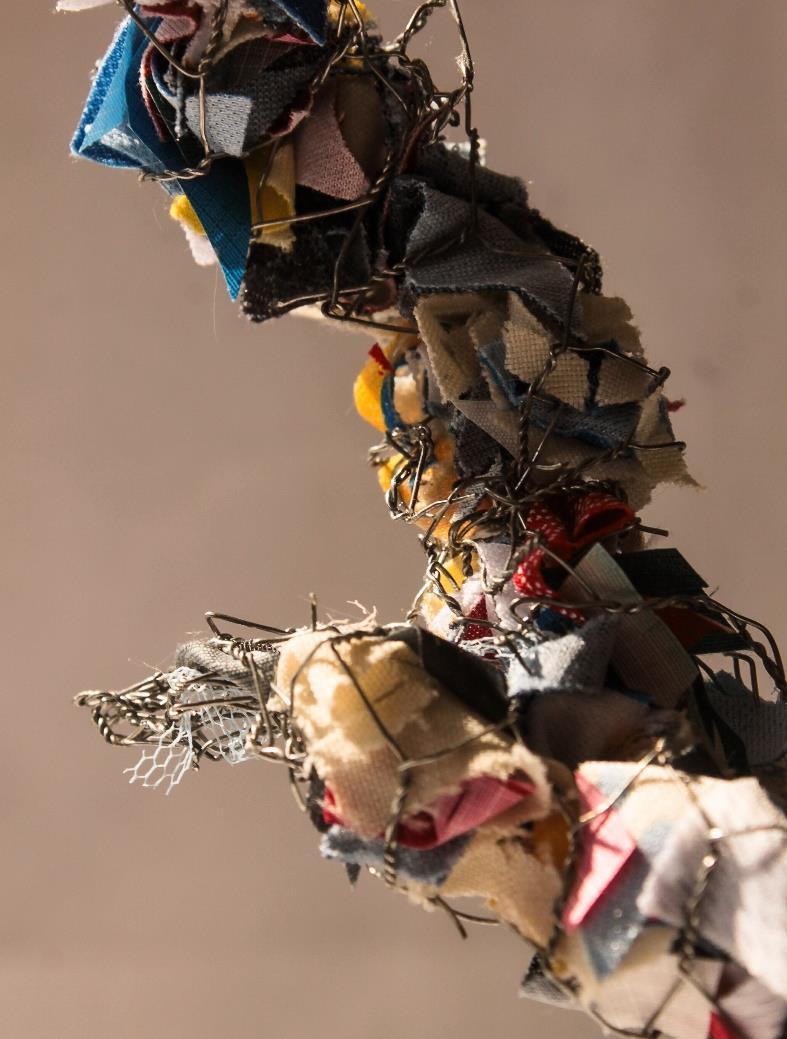
Finally, I sculpted synthetic tree roots from wire and stuffed them with textile offcuts (Fig. 24). Roots carry nutrients from the soil to the tree, symbolizing the effects of textile landfills and agricultural practices on soil quality. The roots emerging from the third layer add to the sculpture's unbalanced shape (Fig 25)
